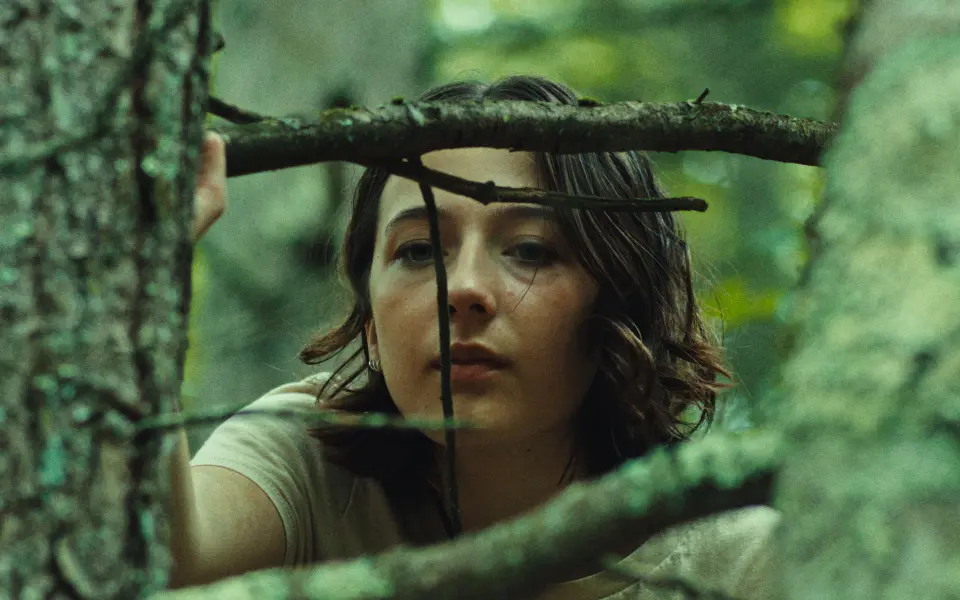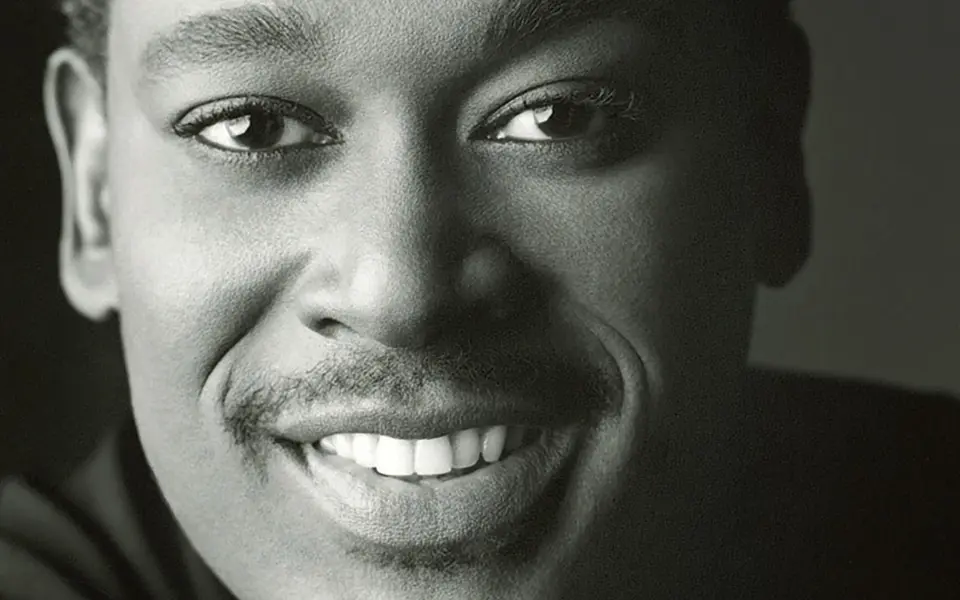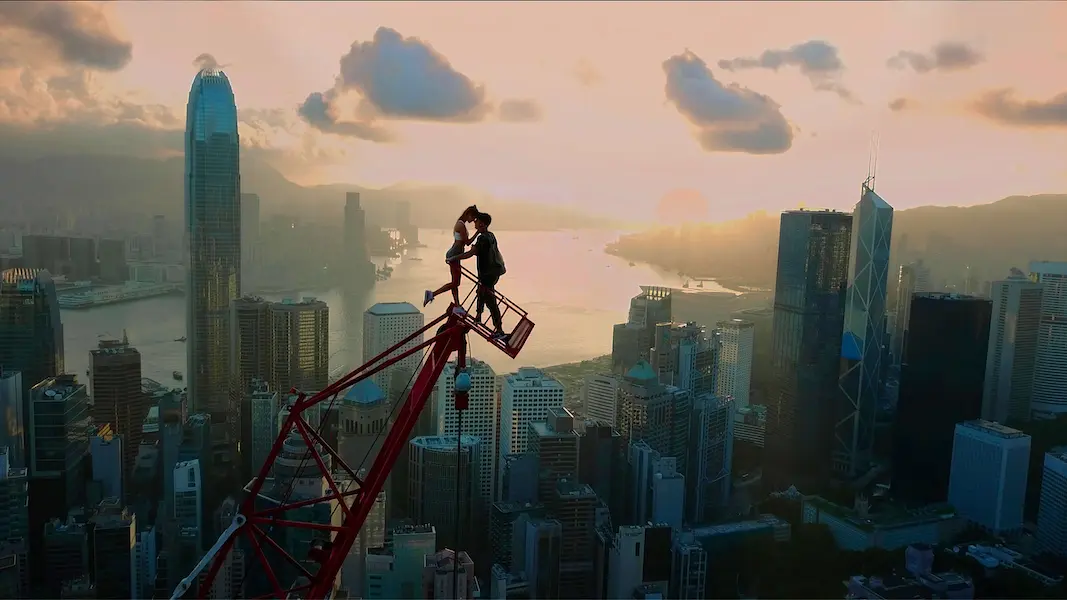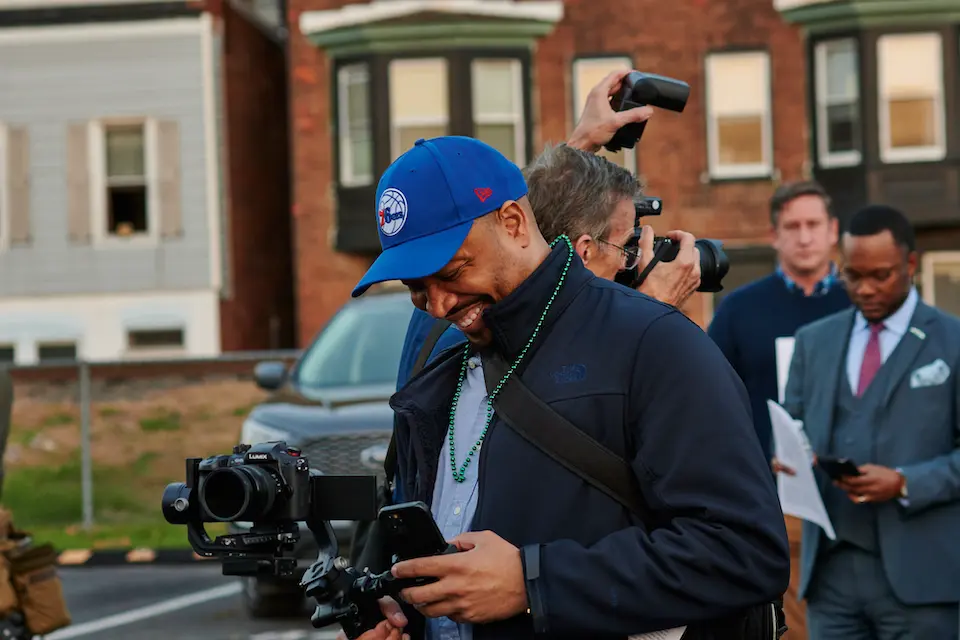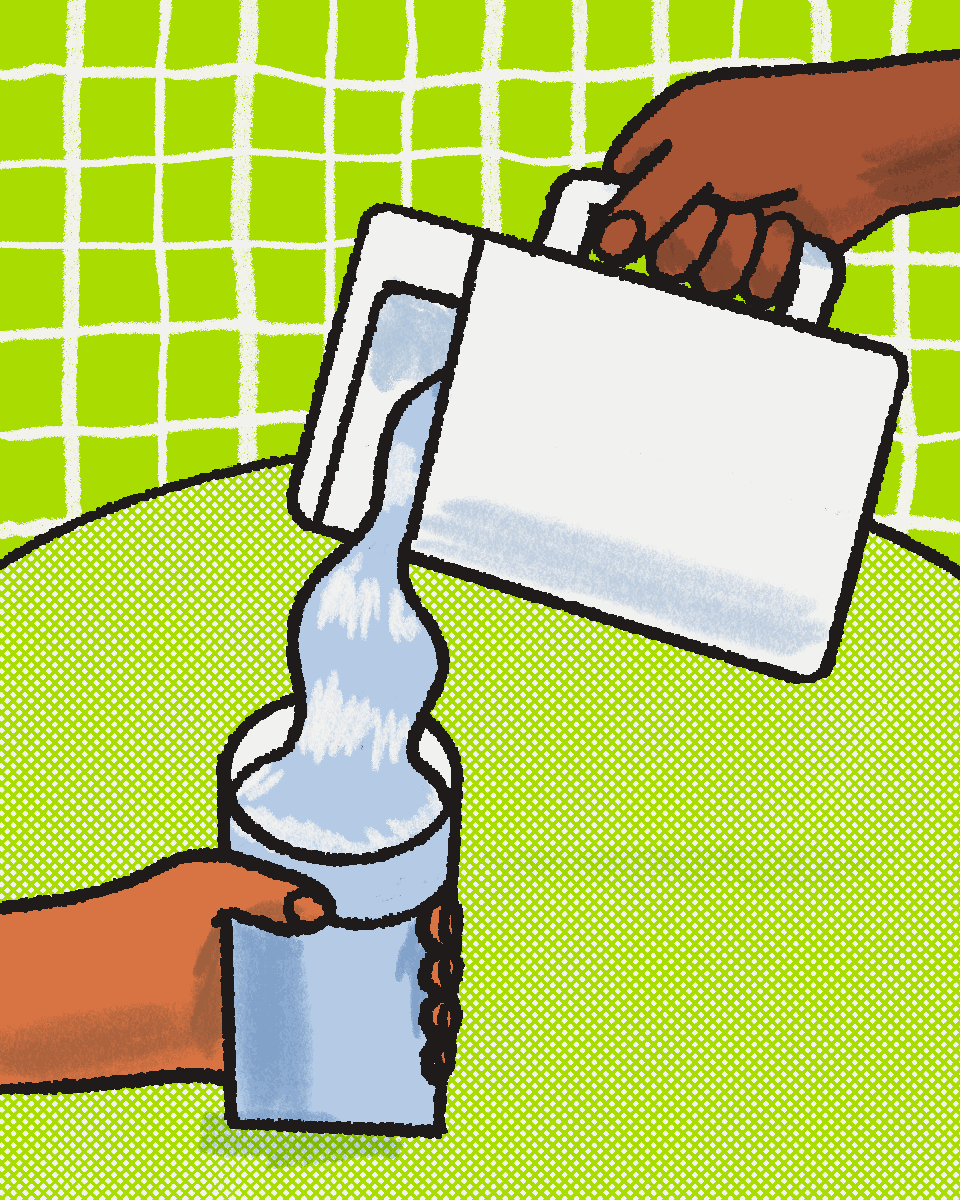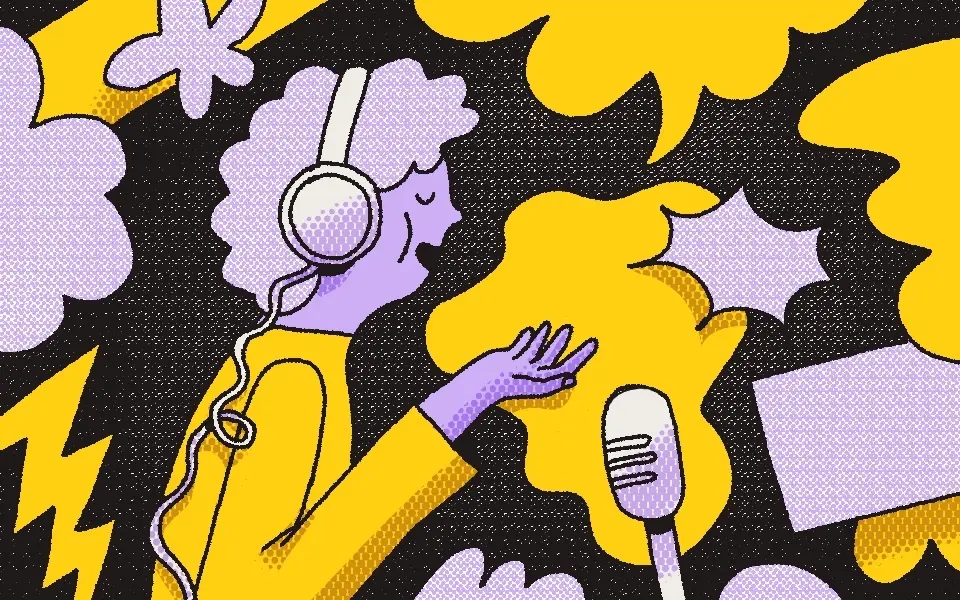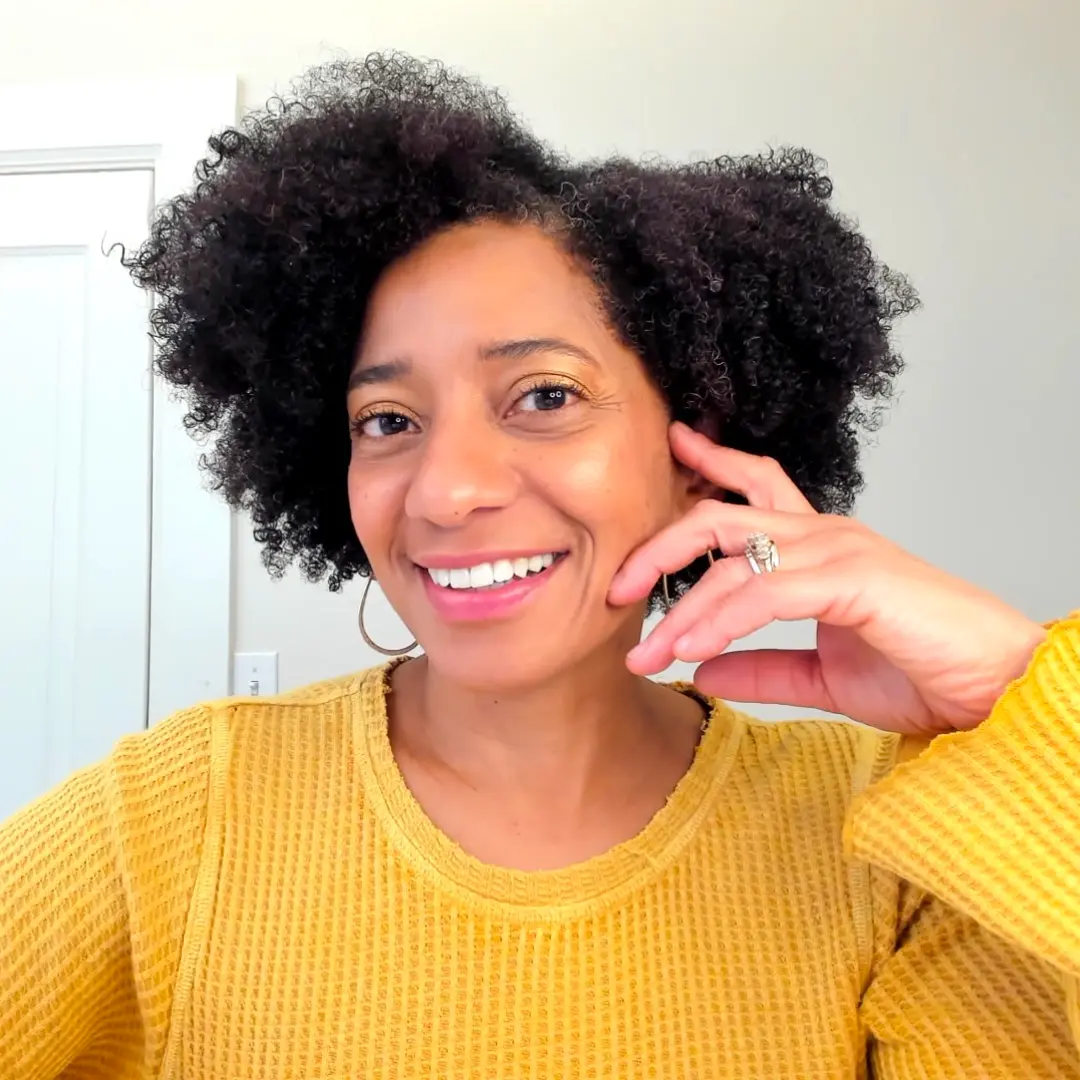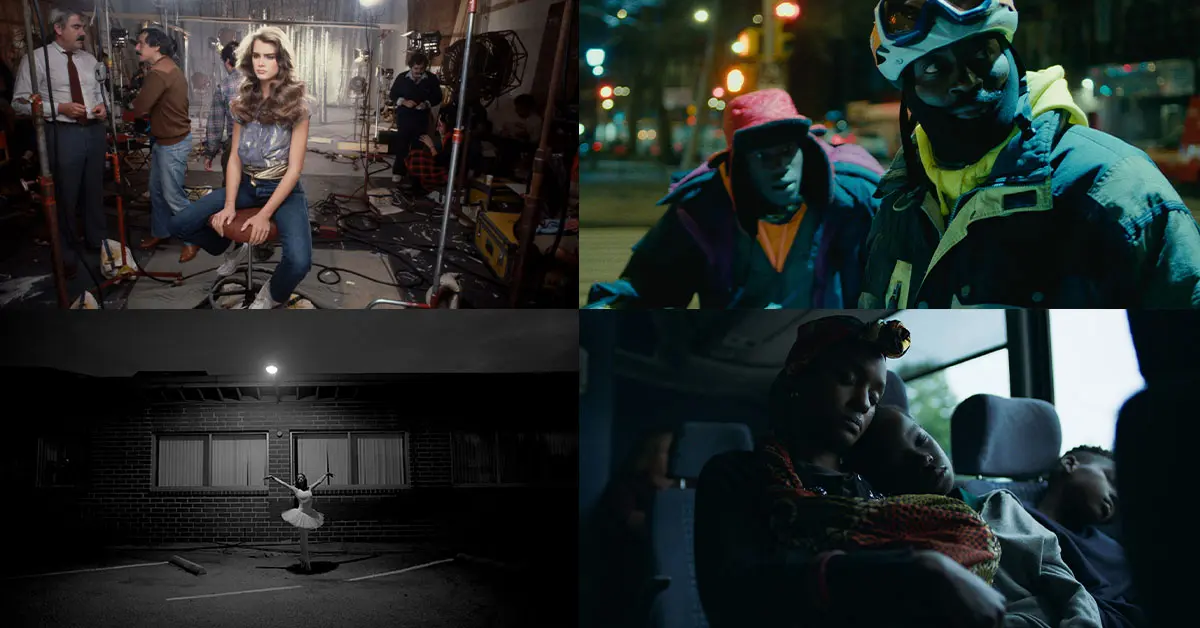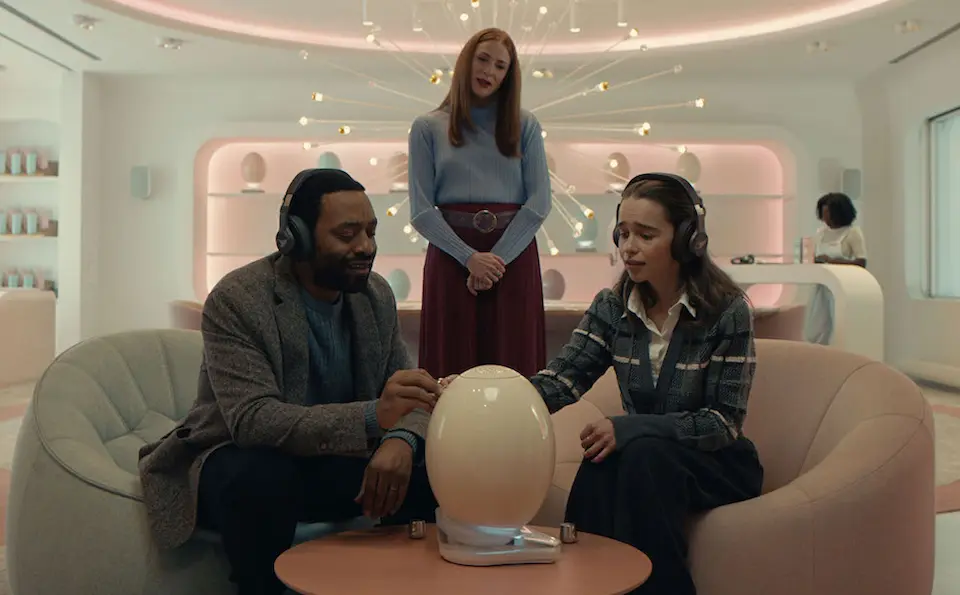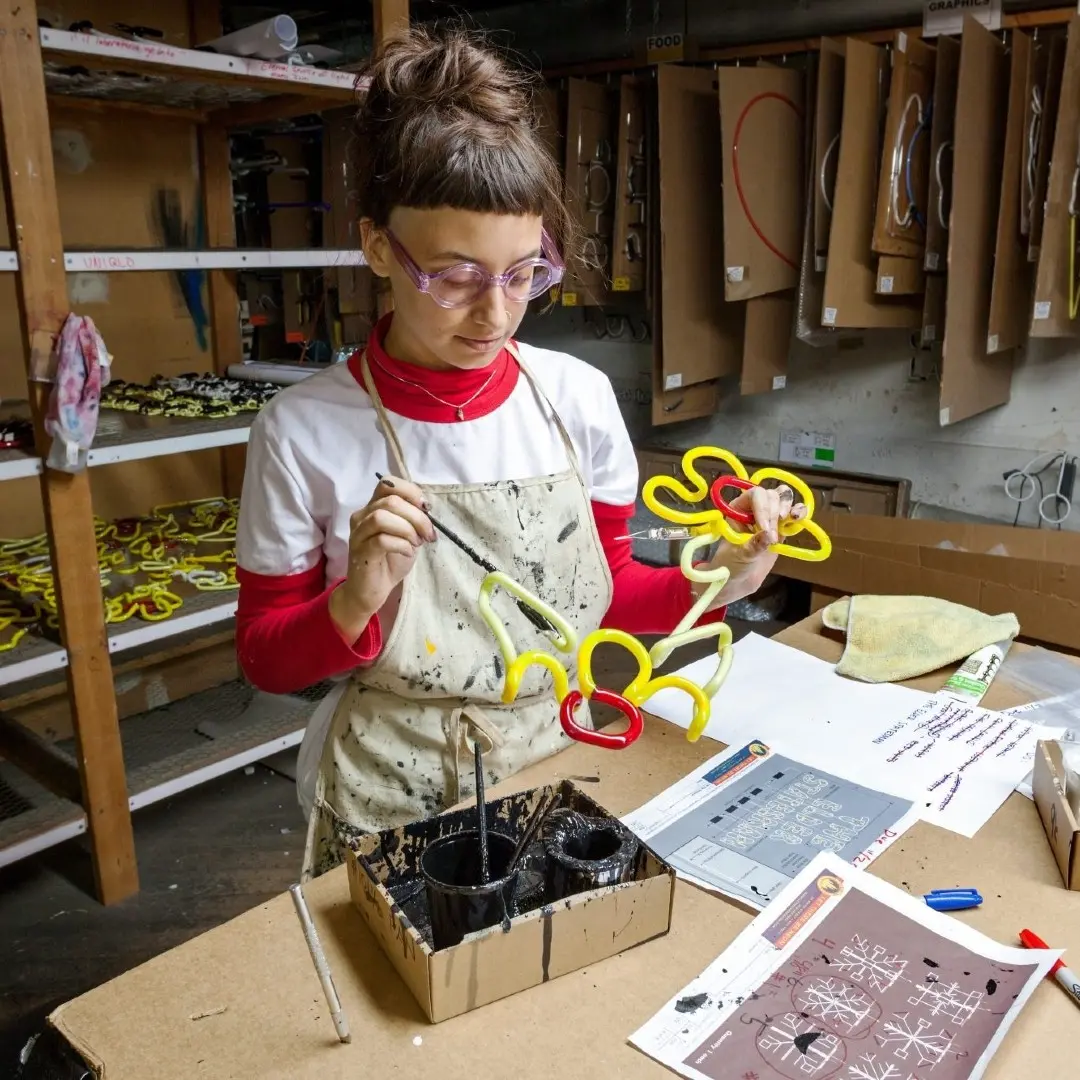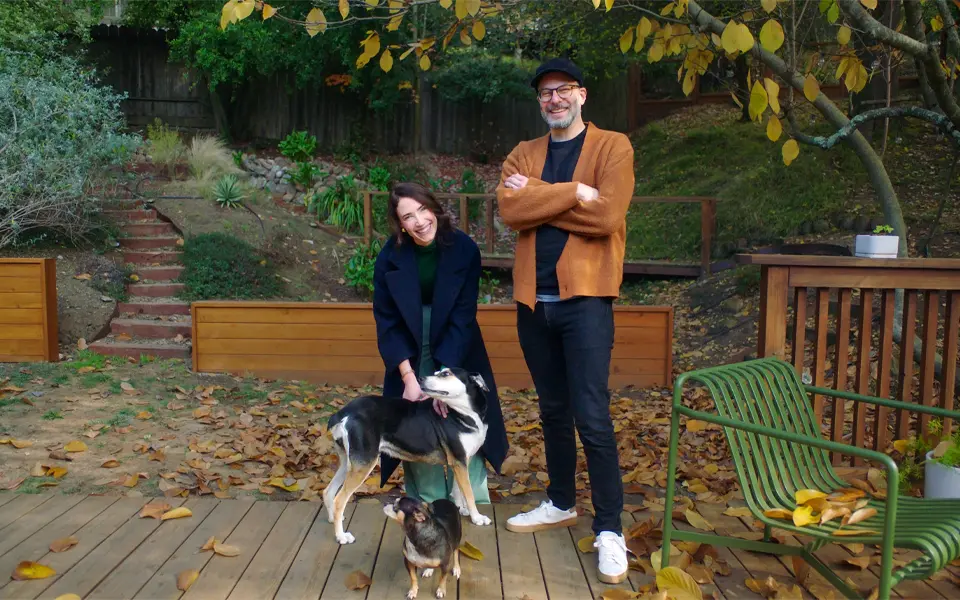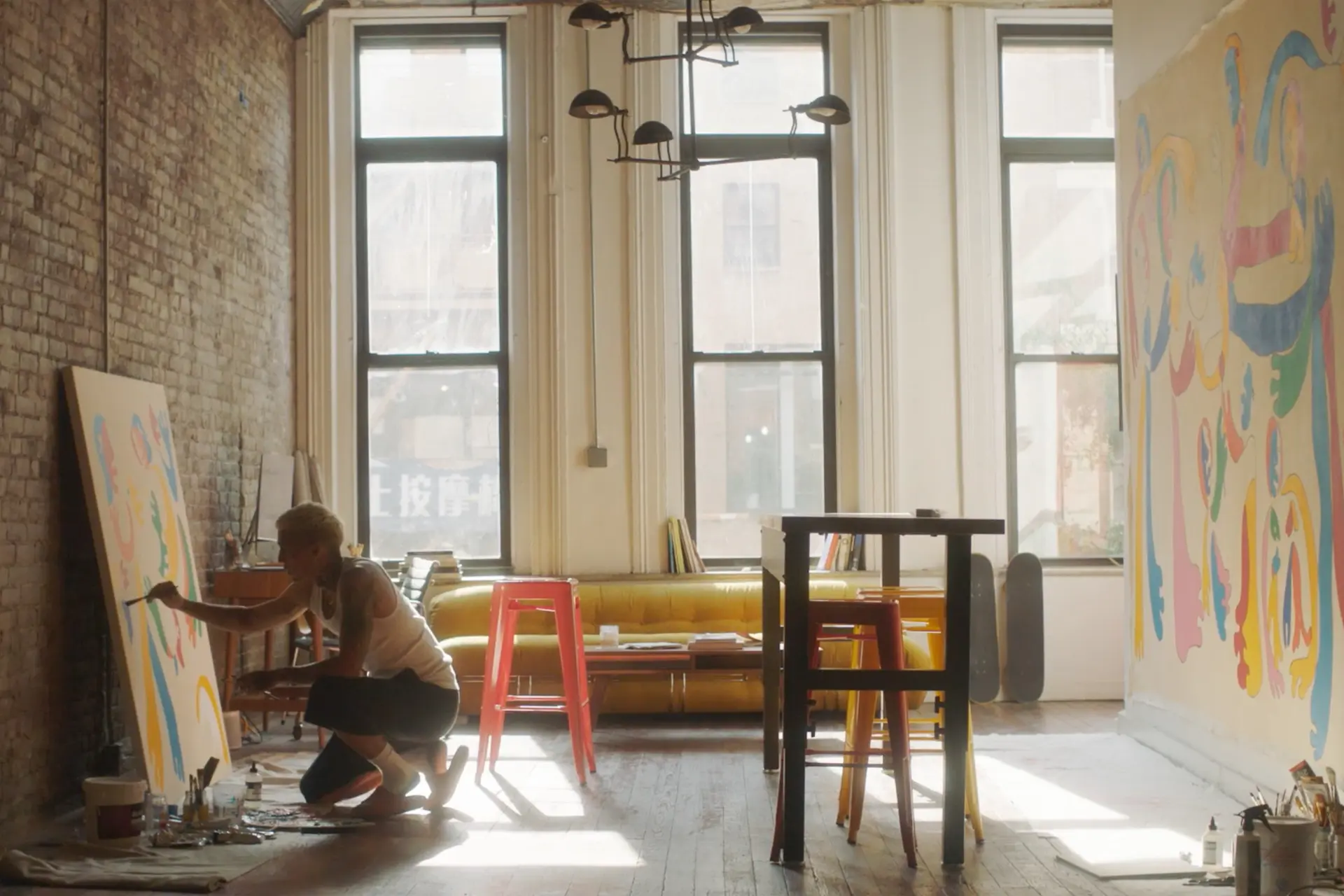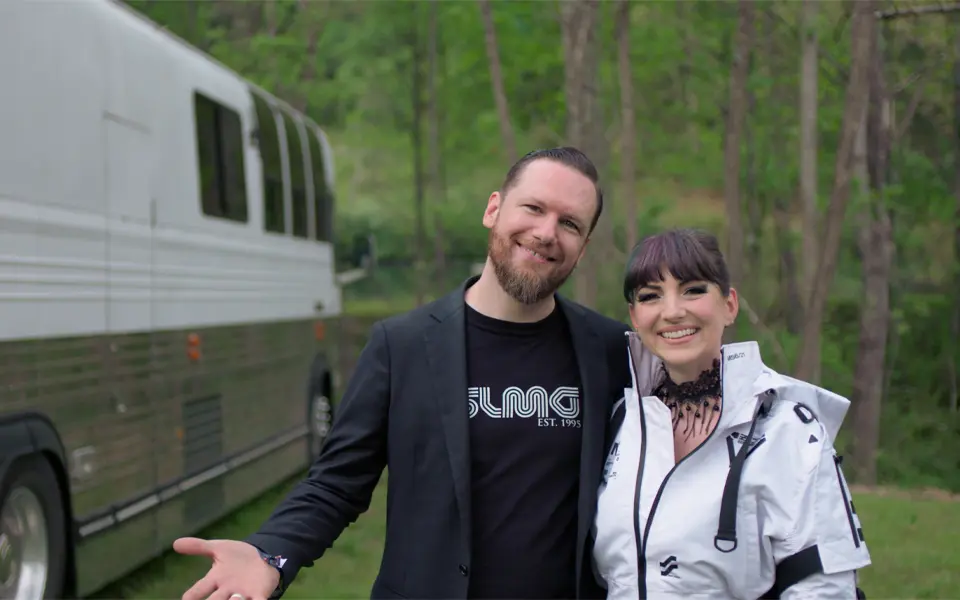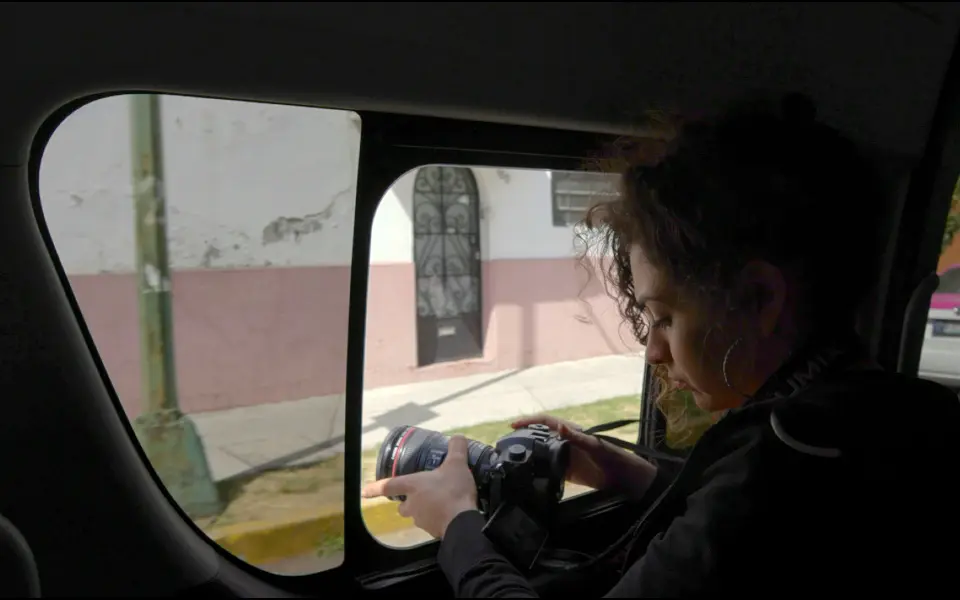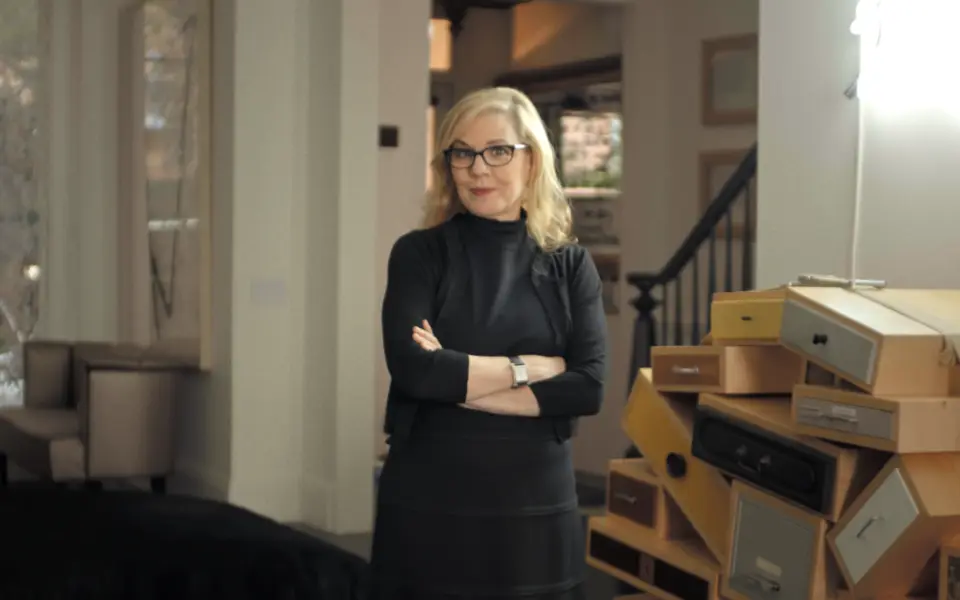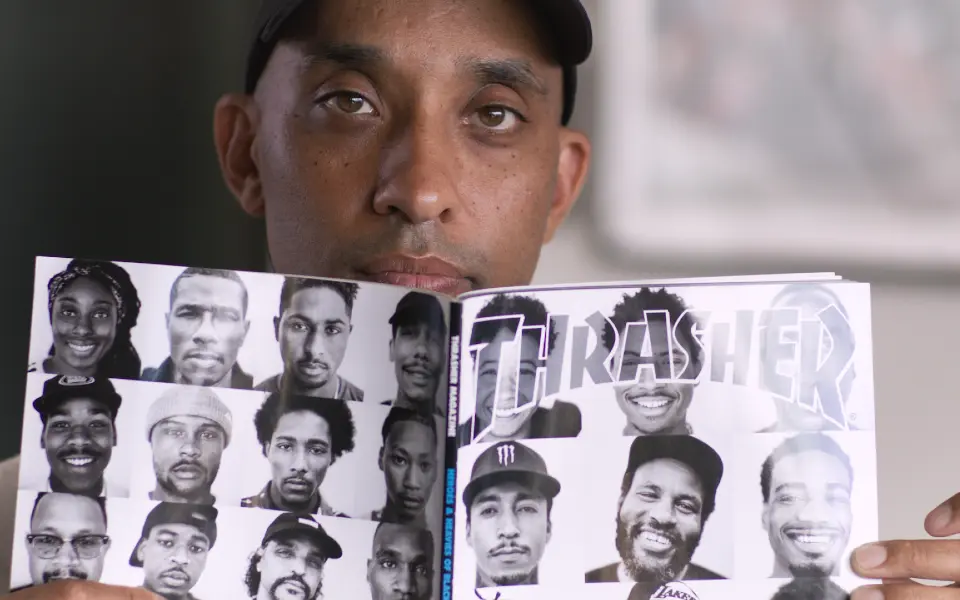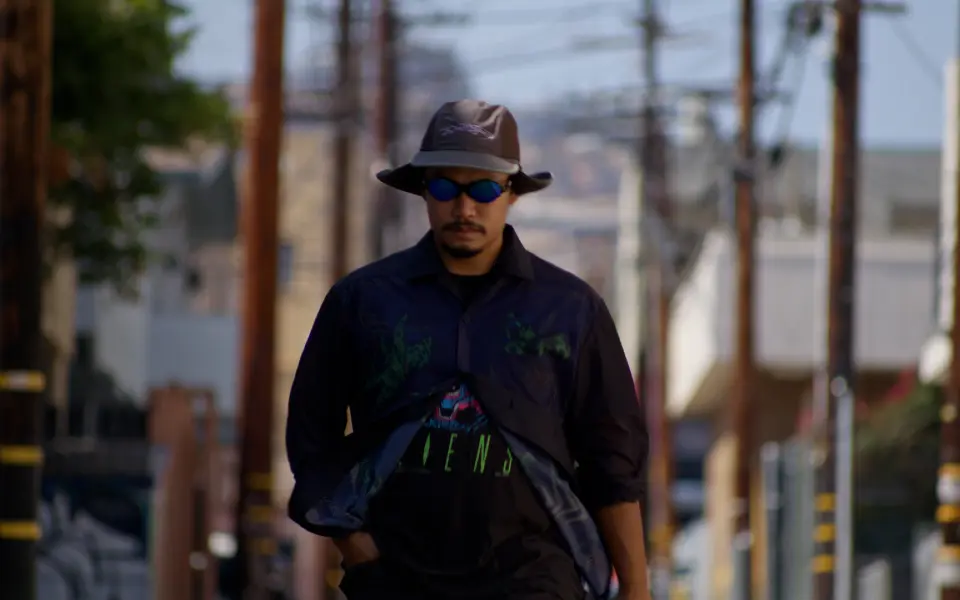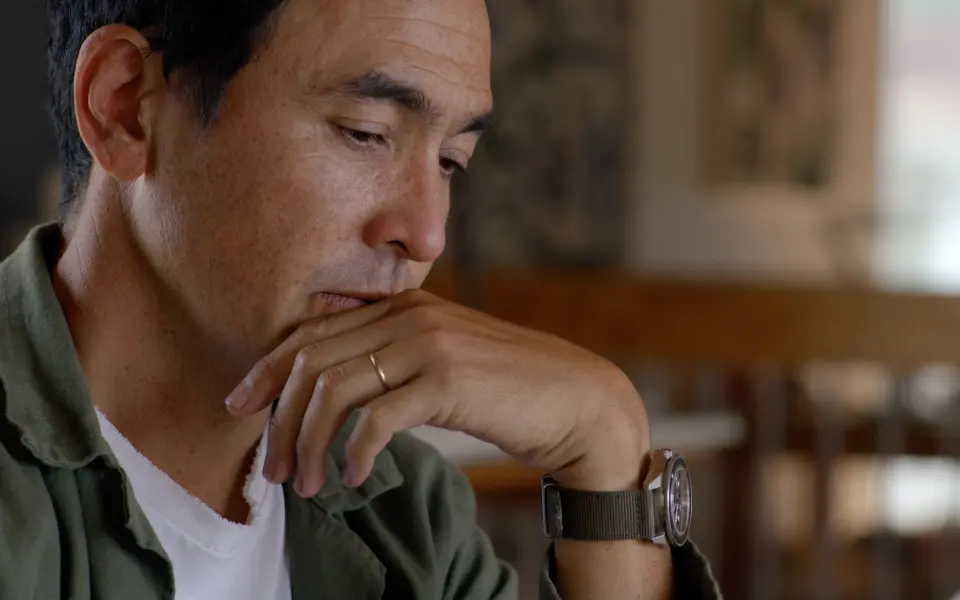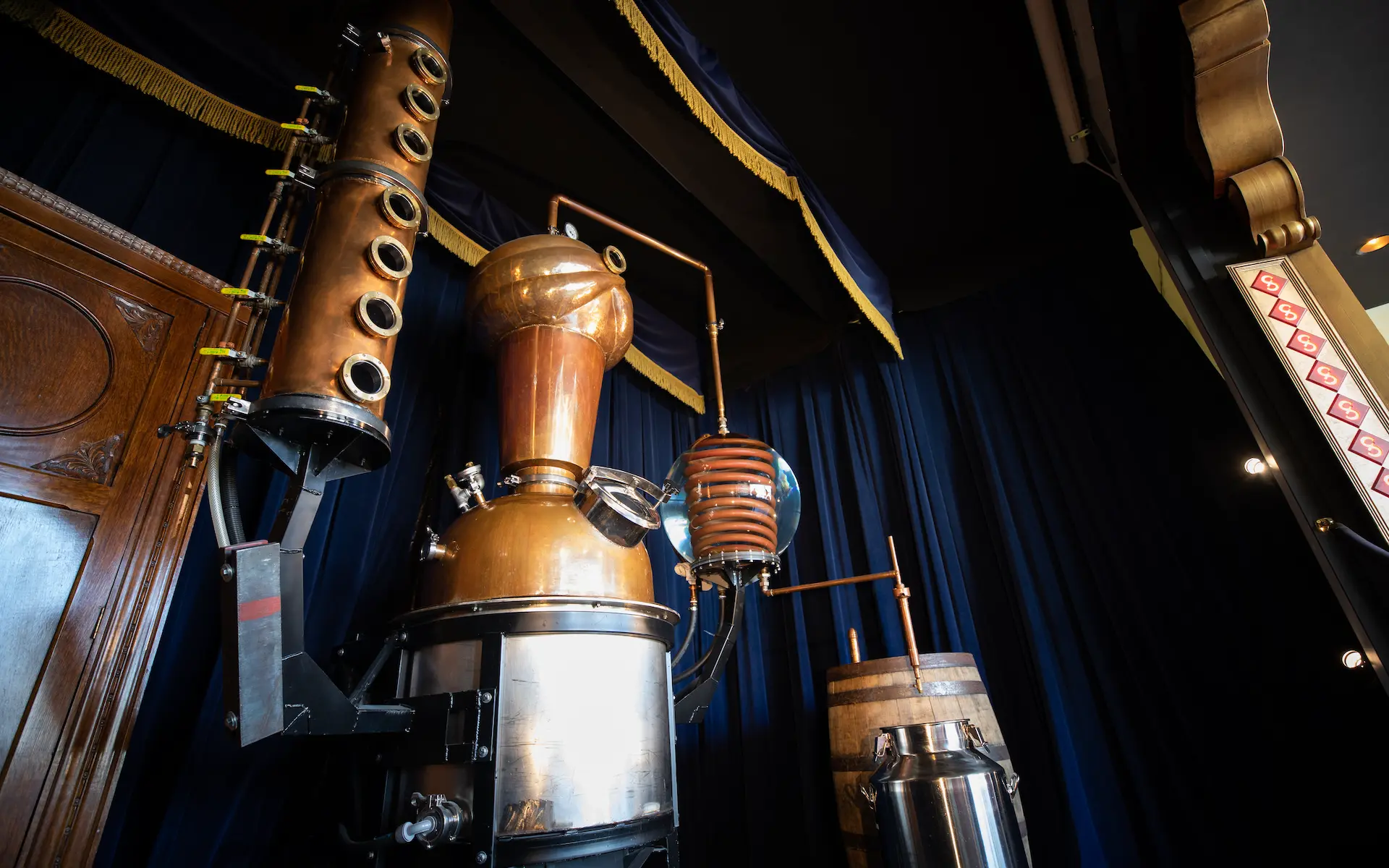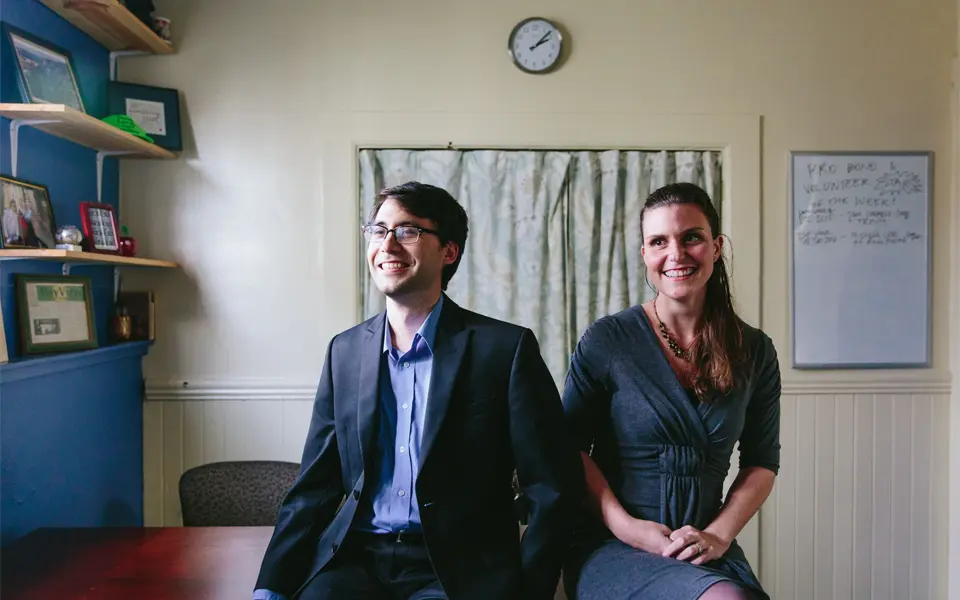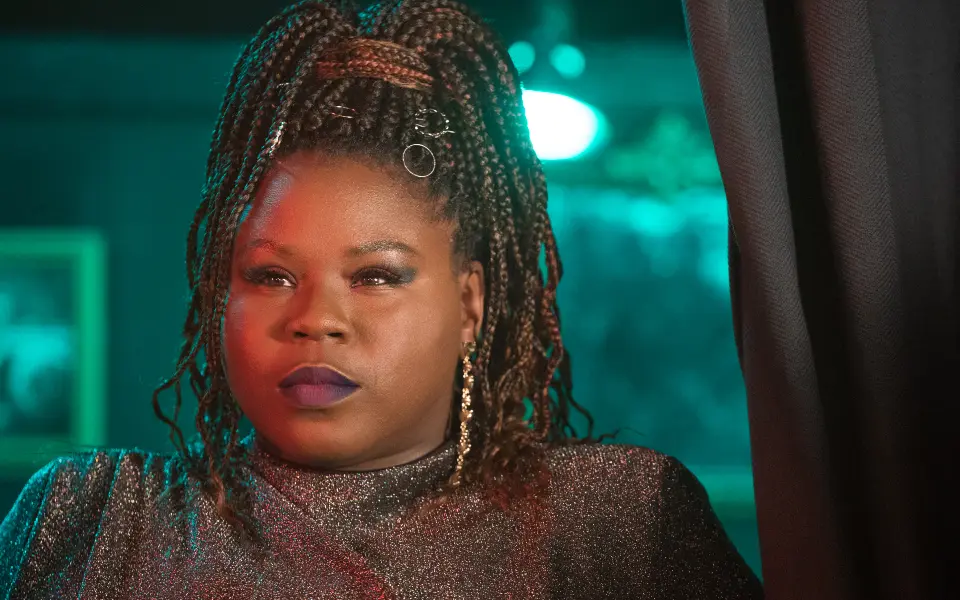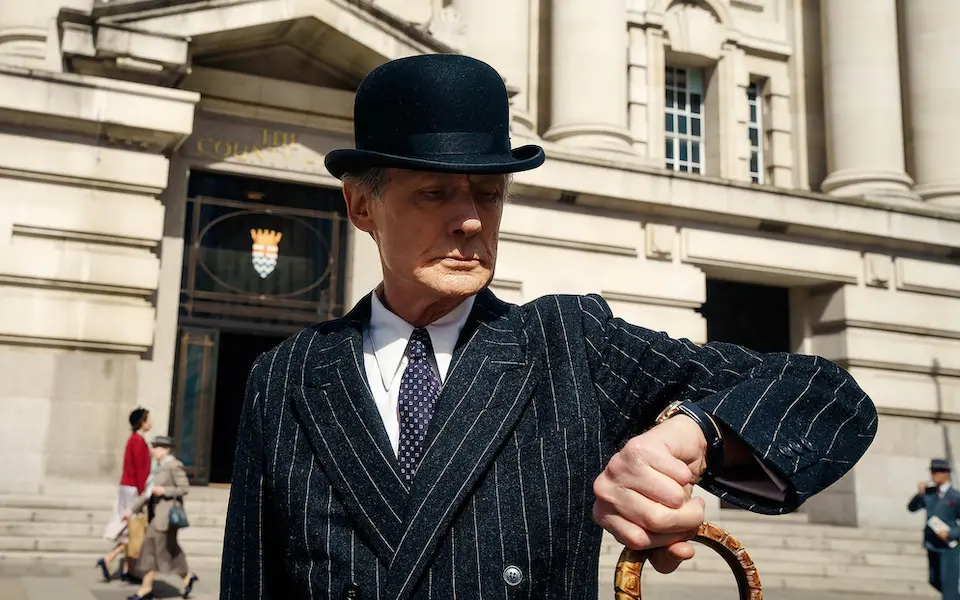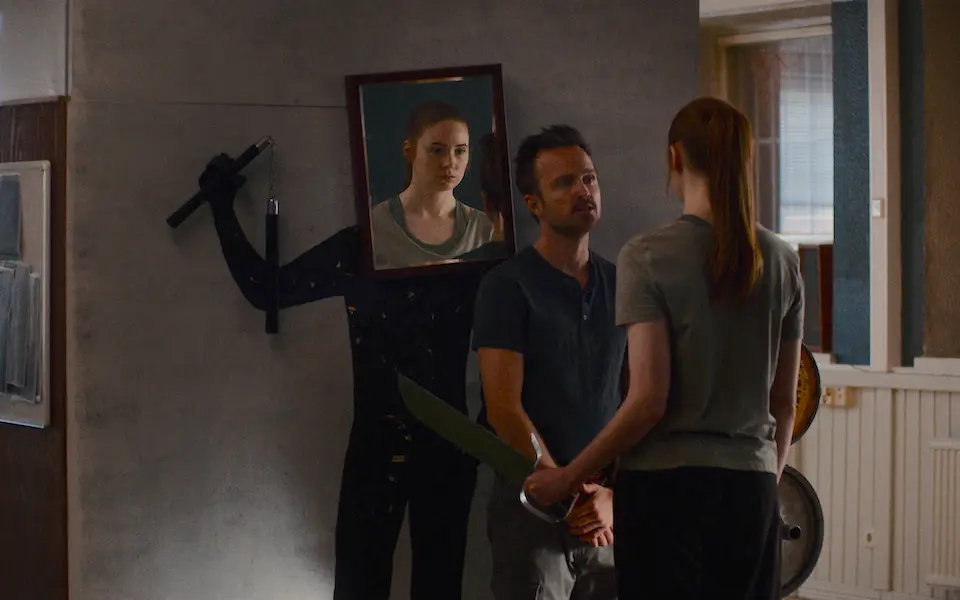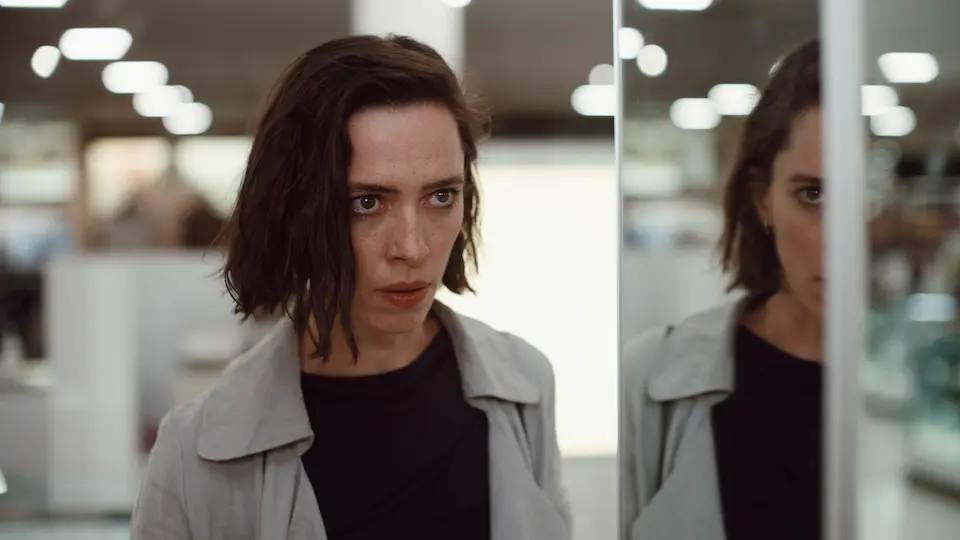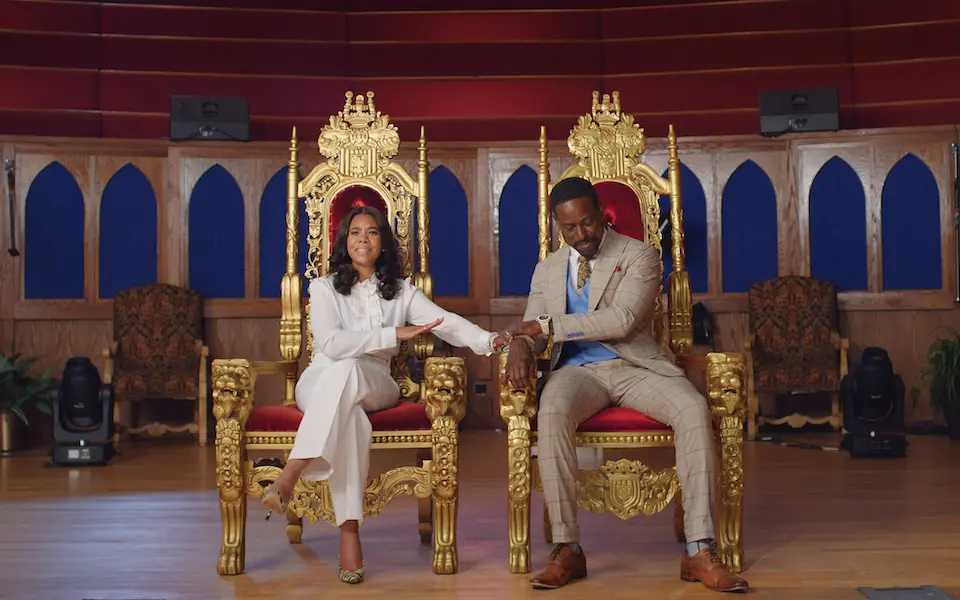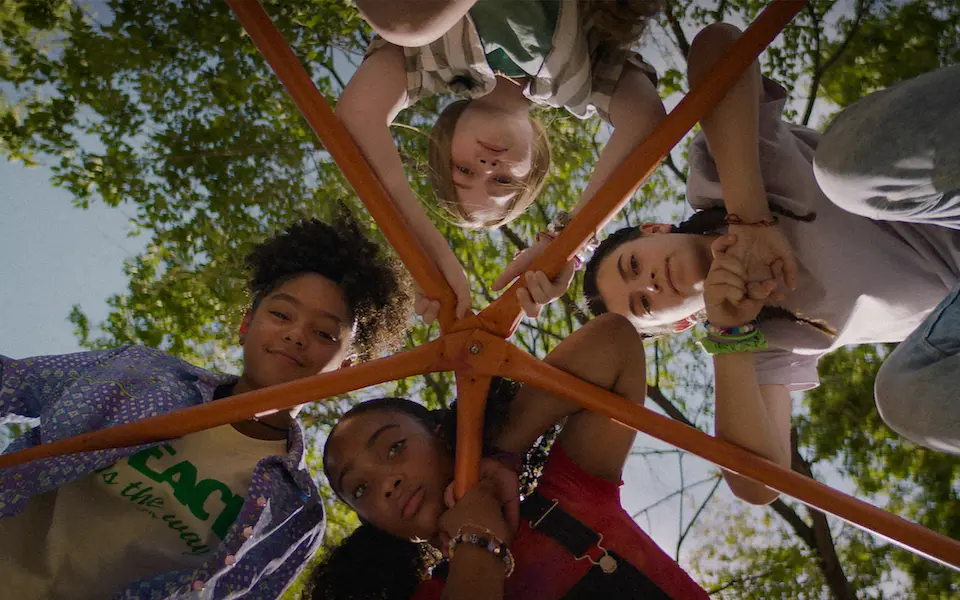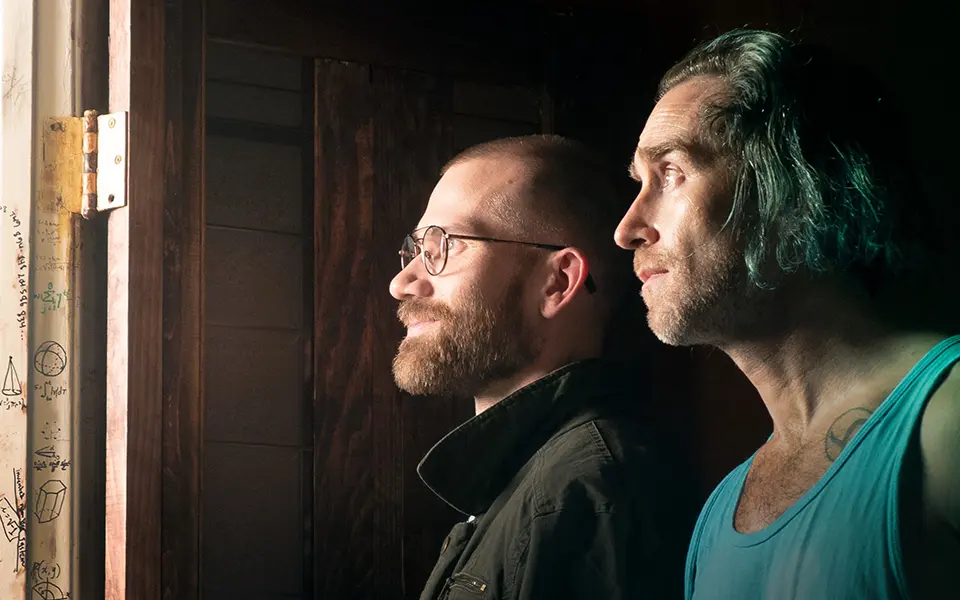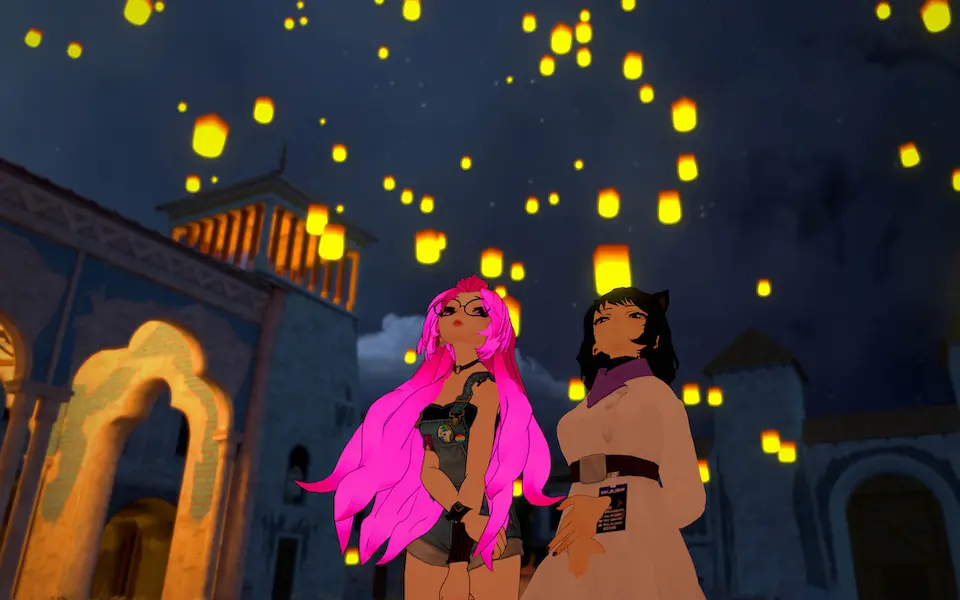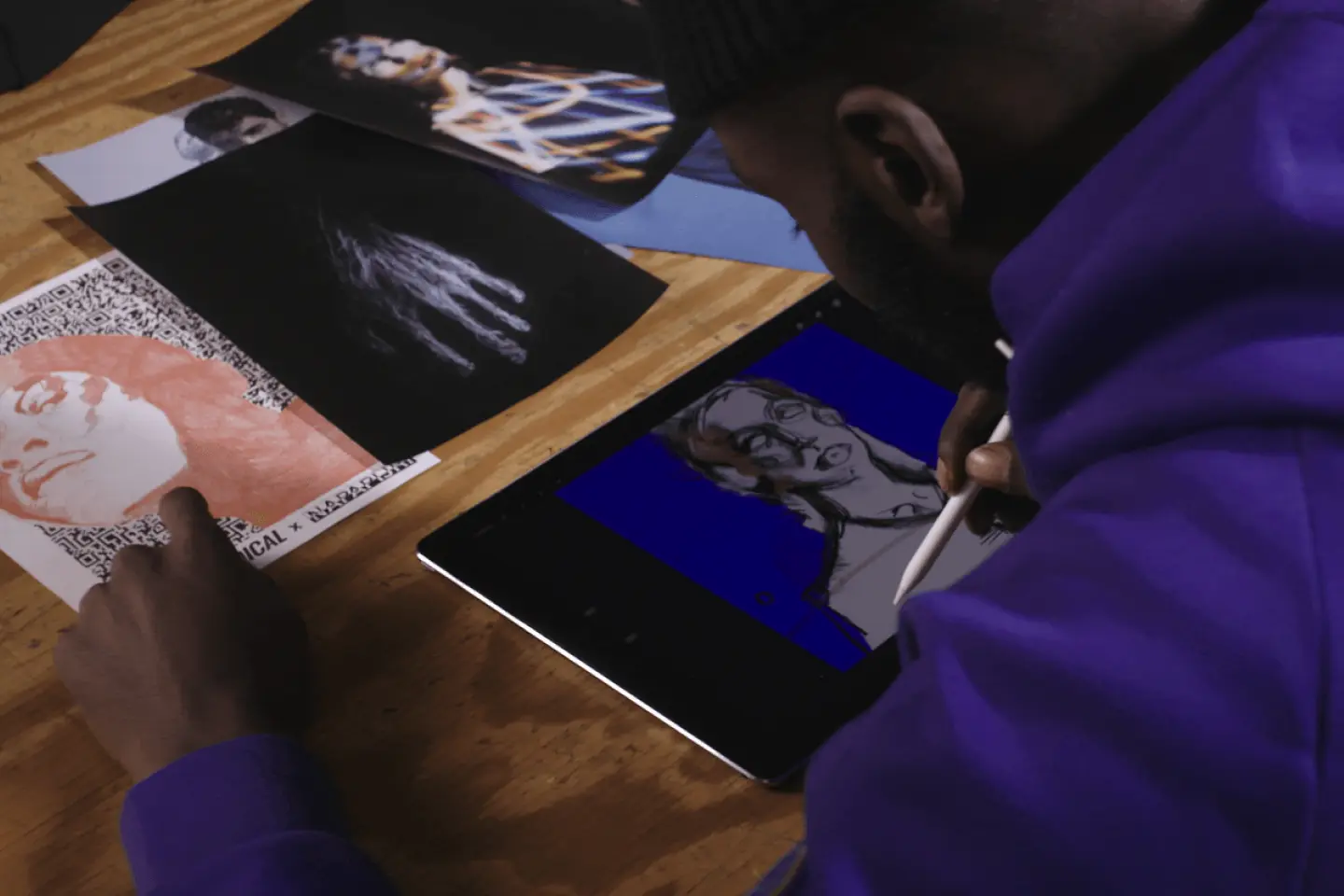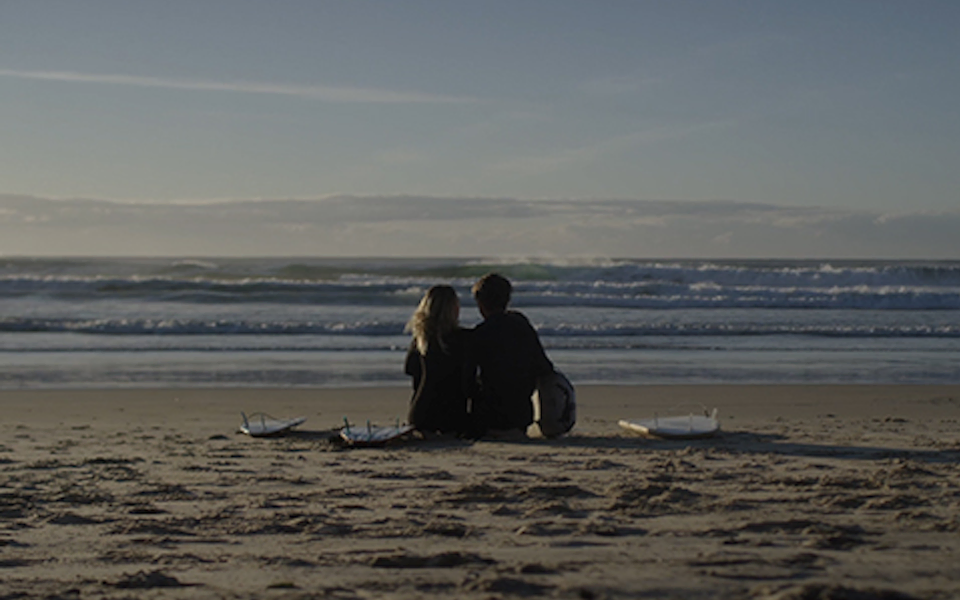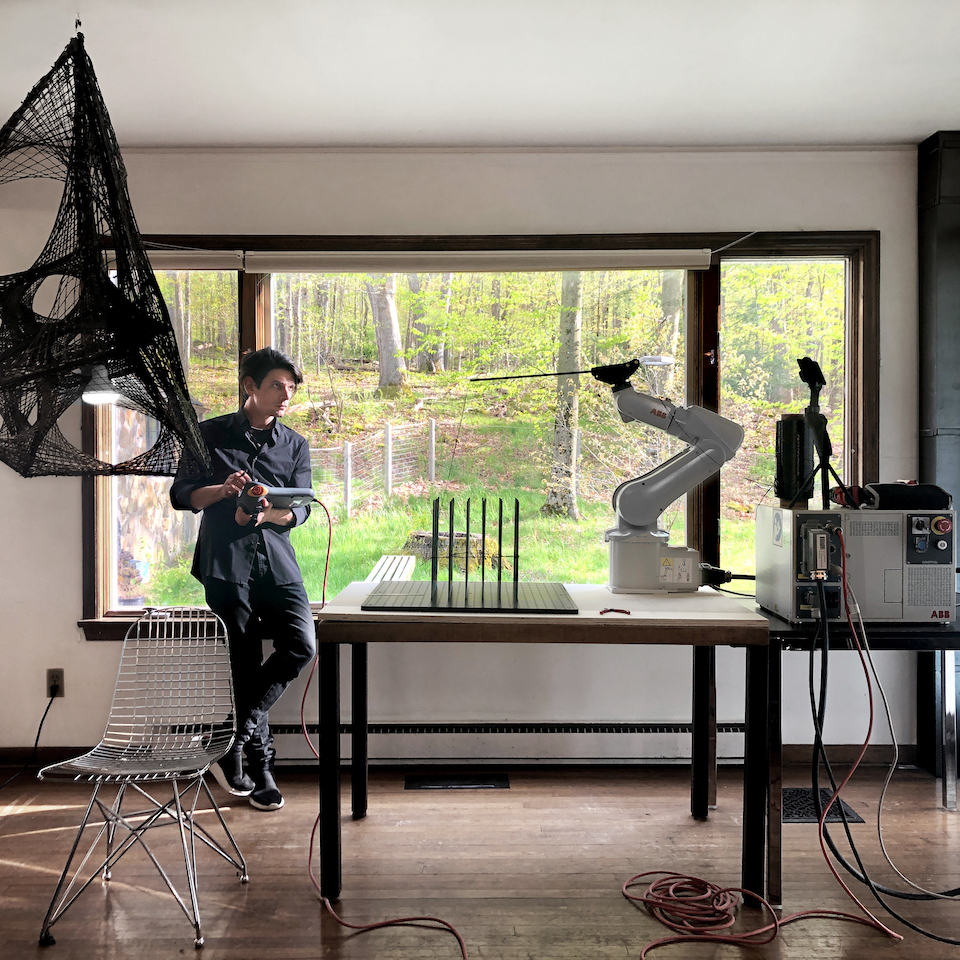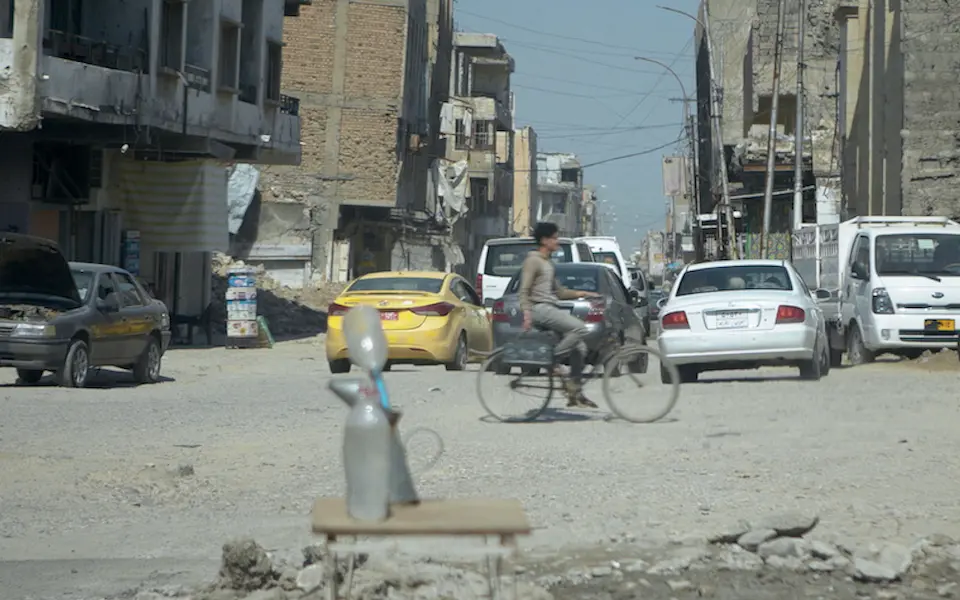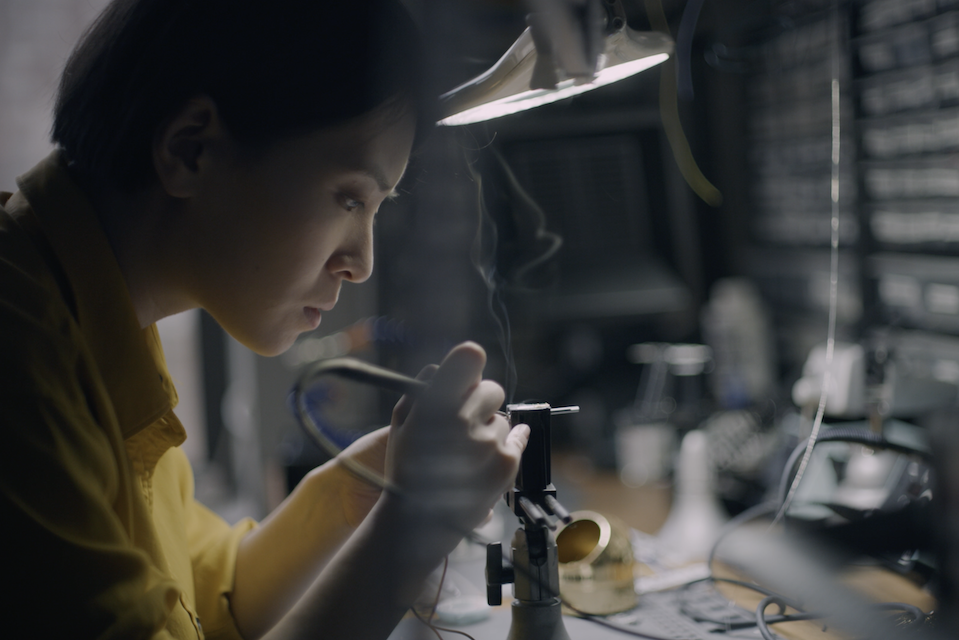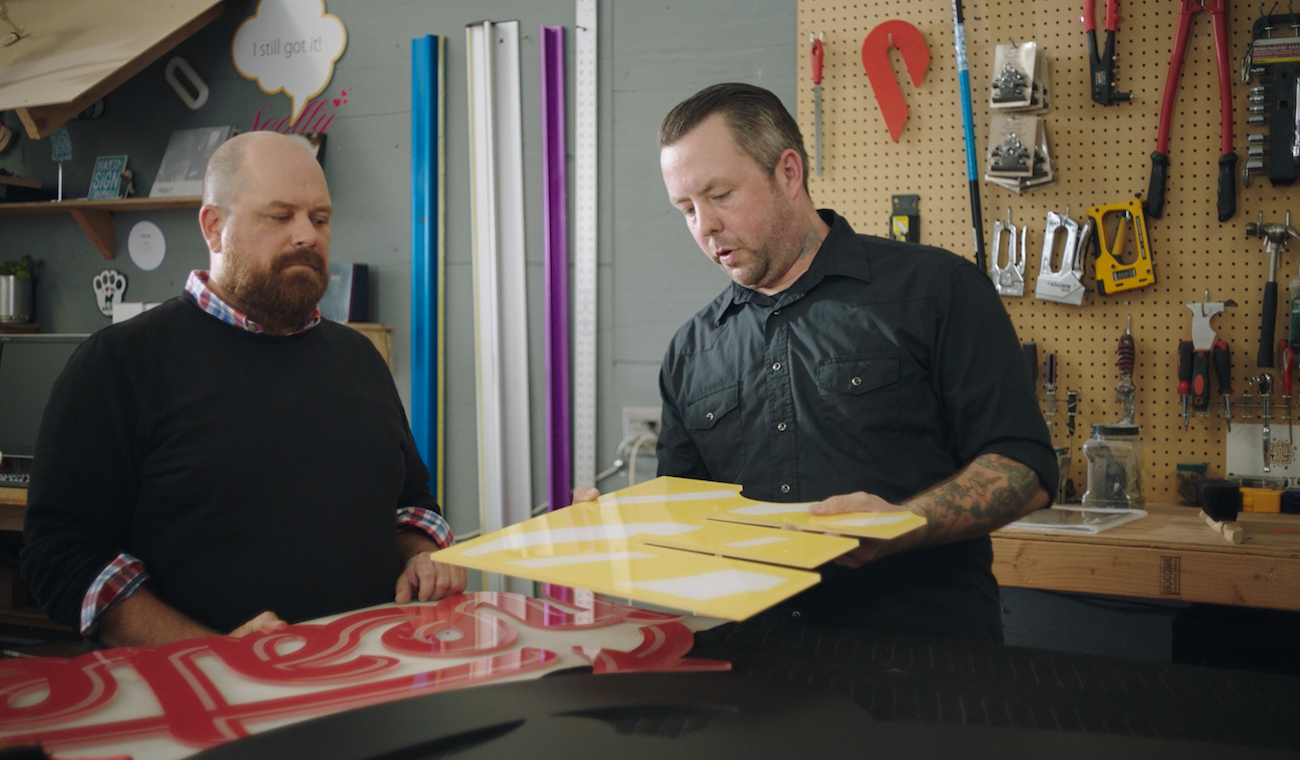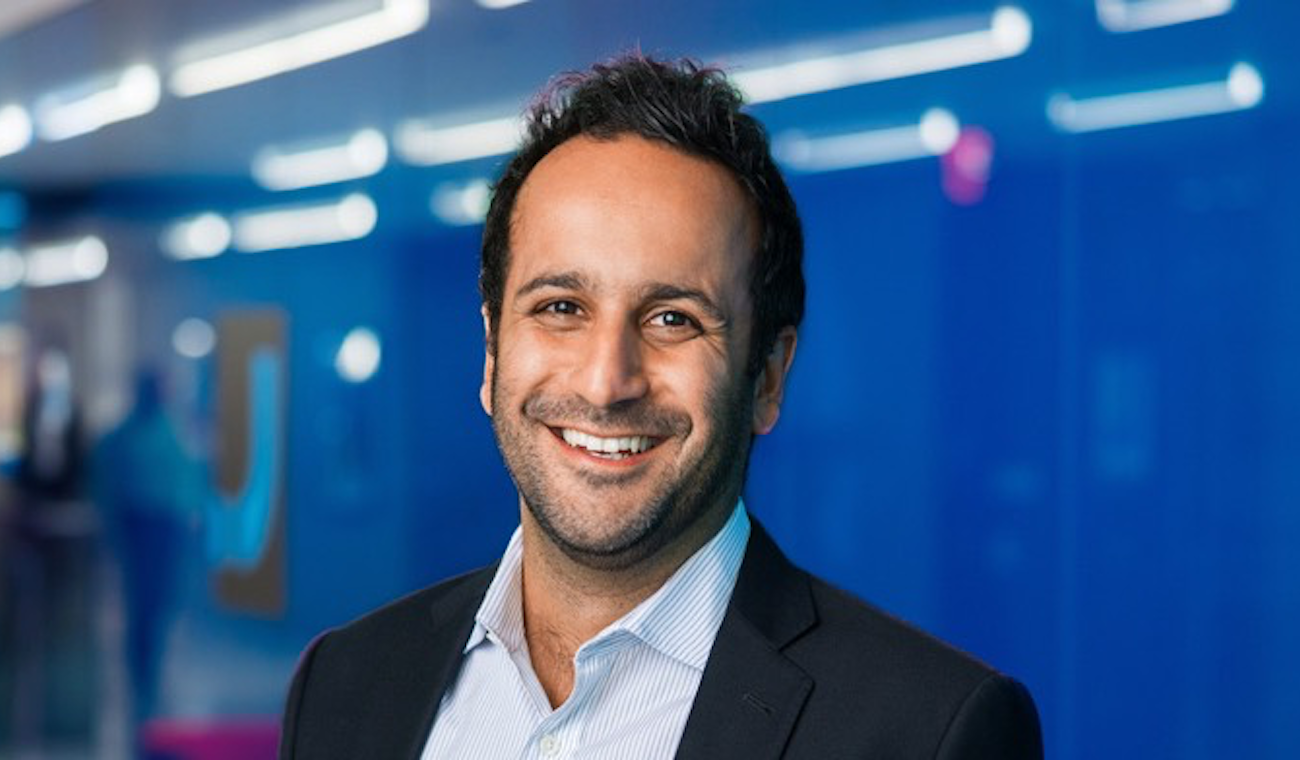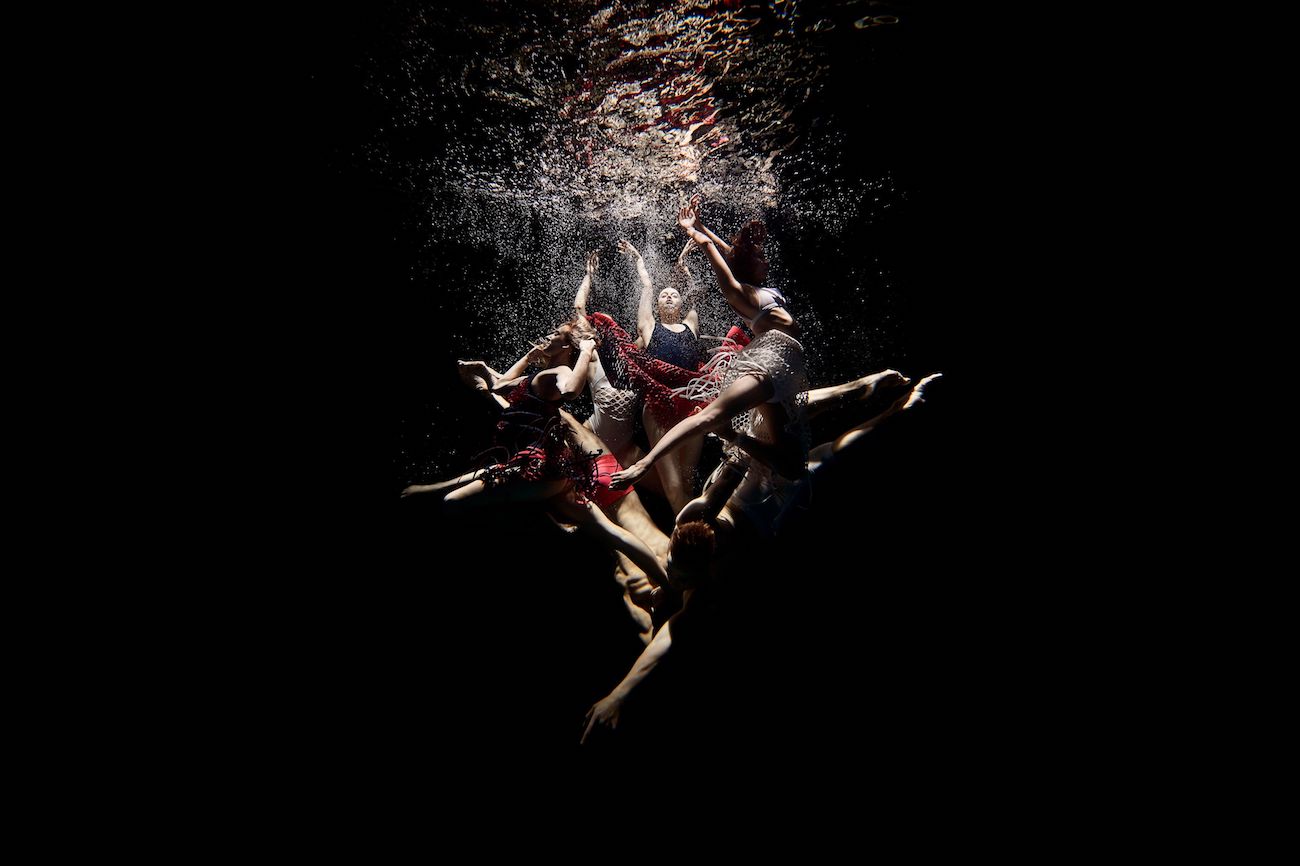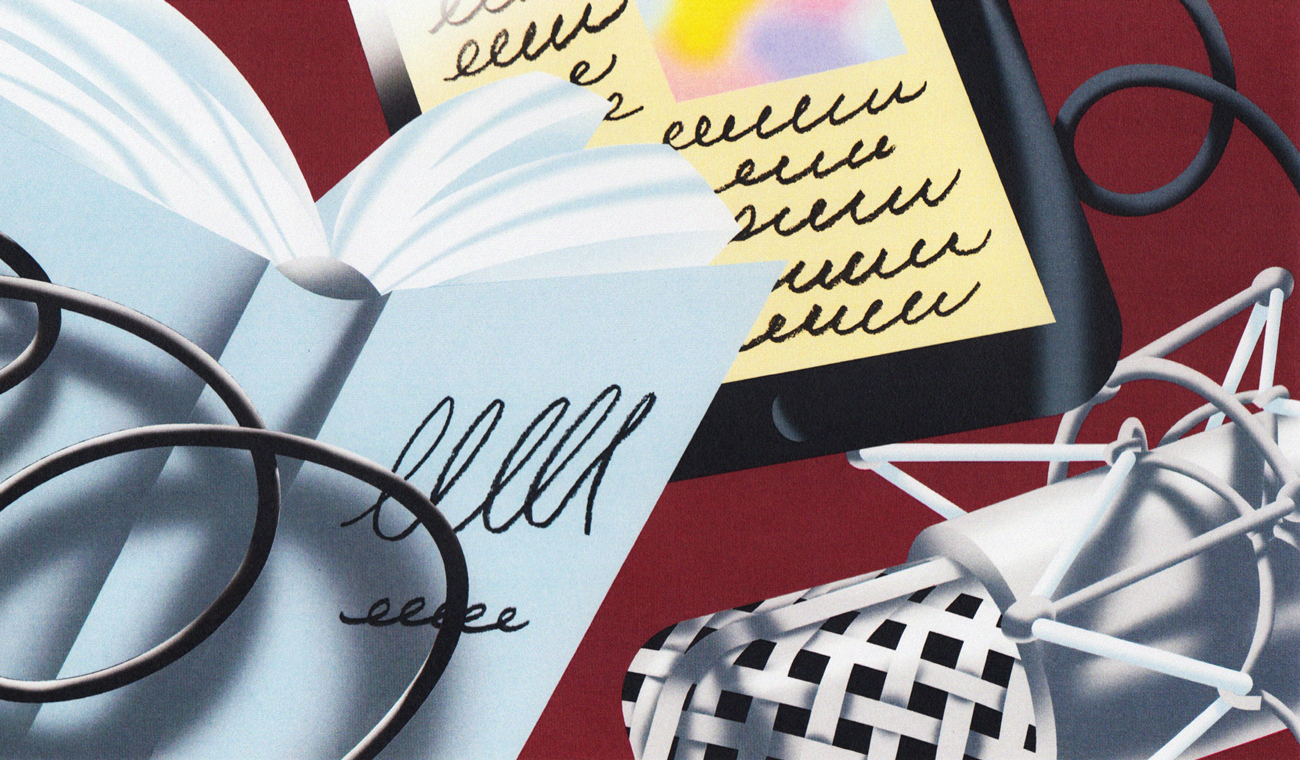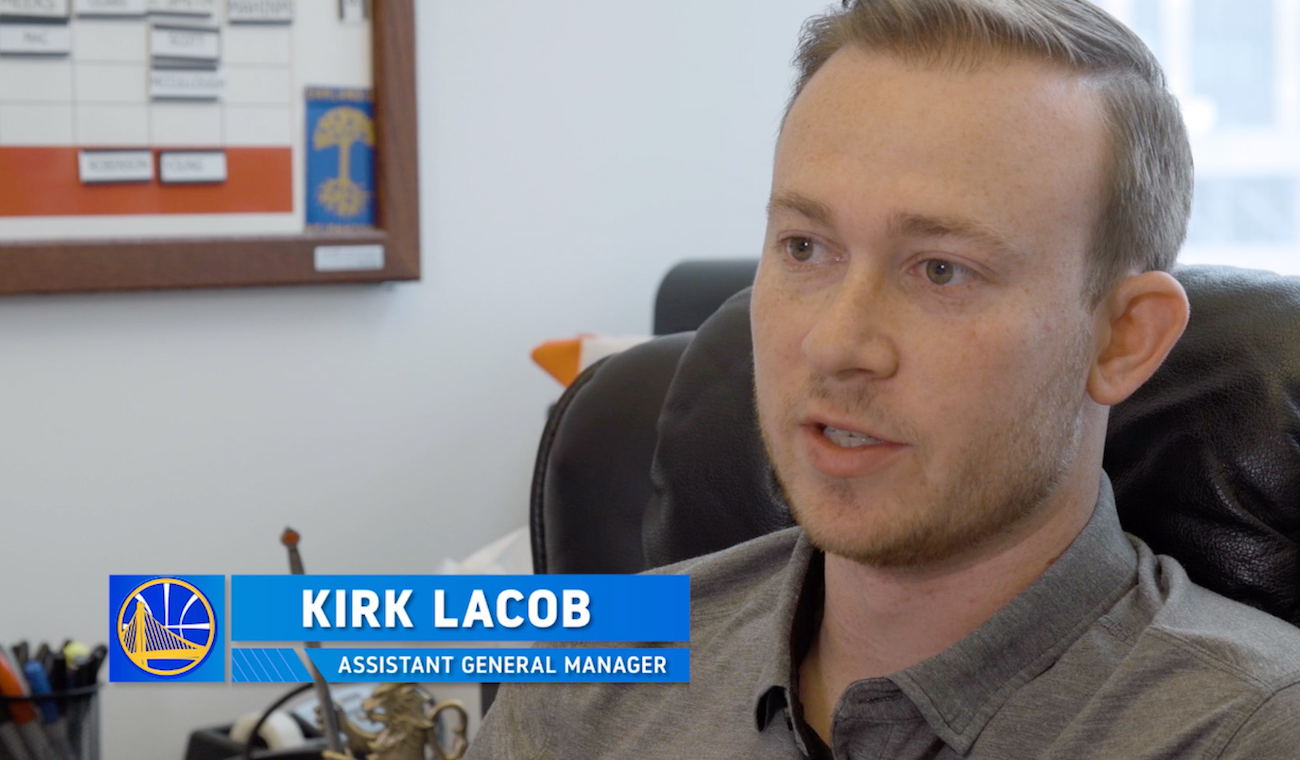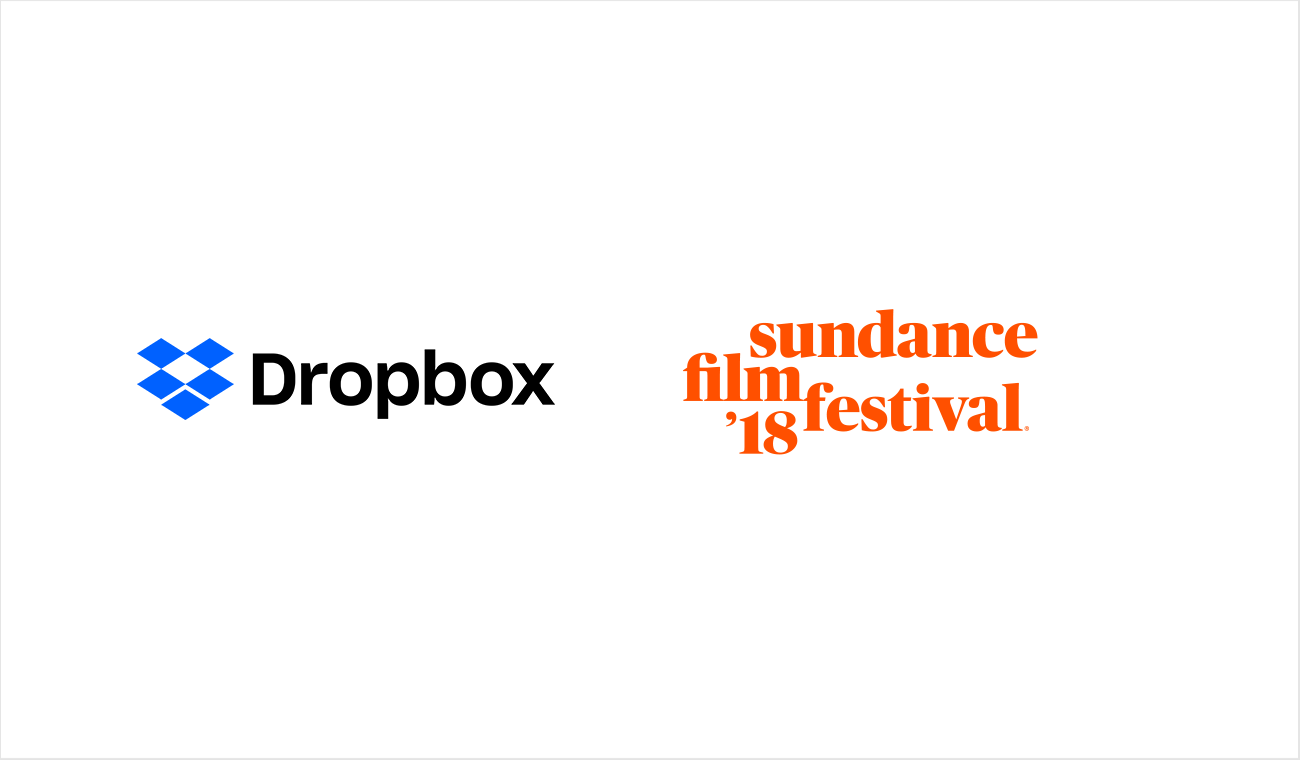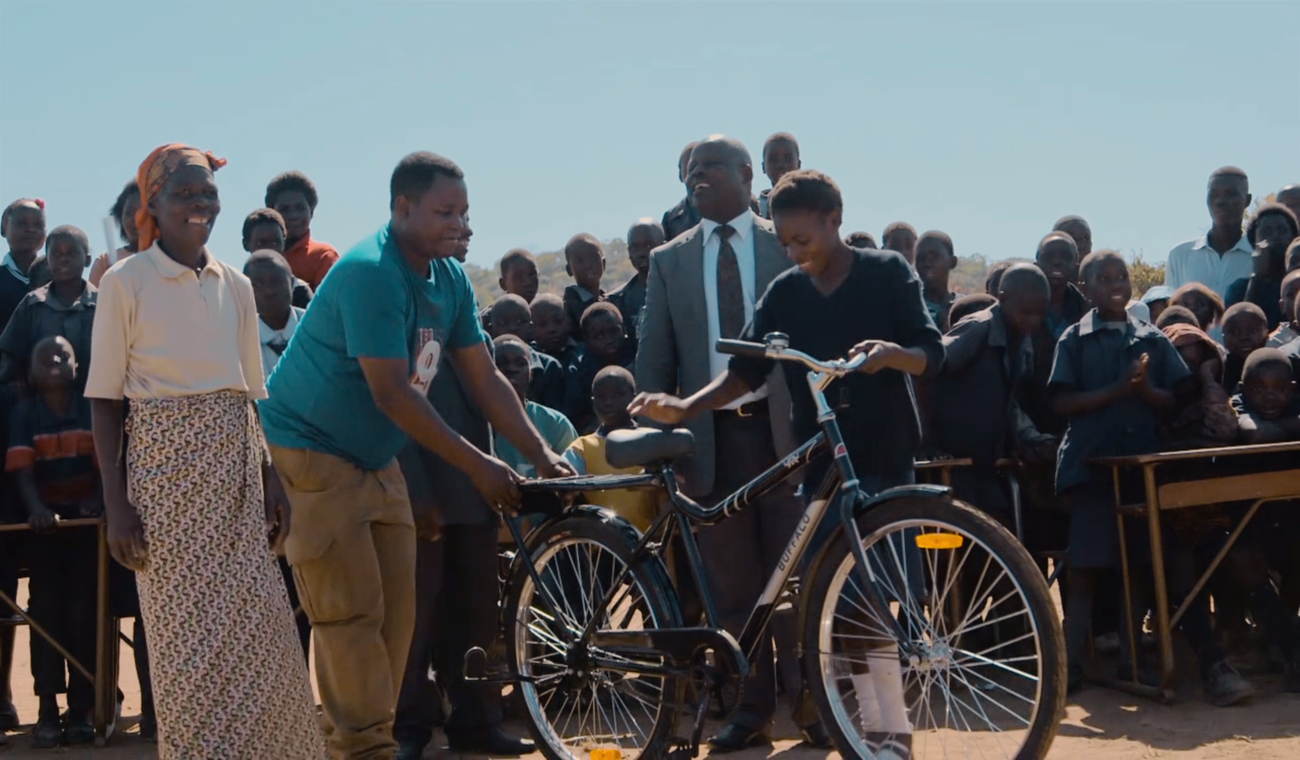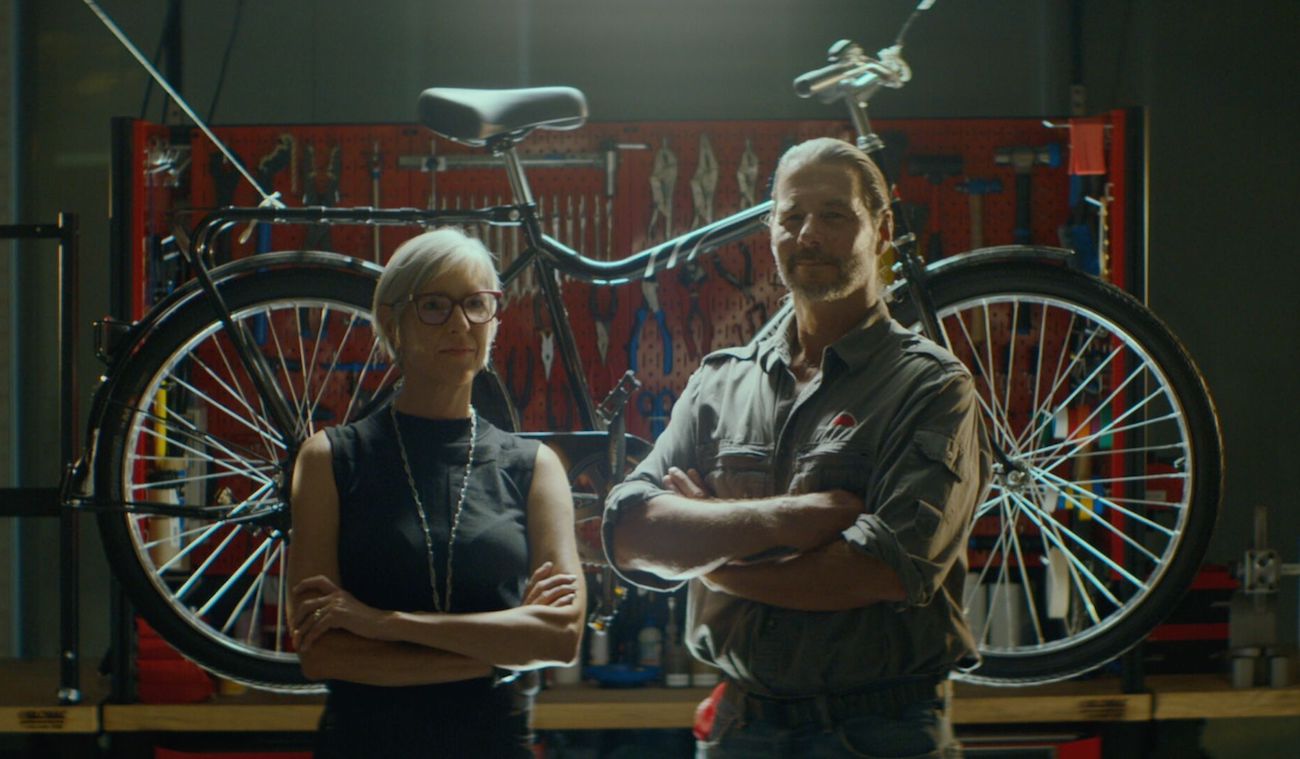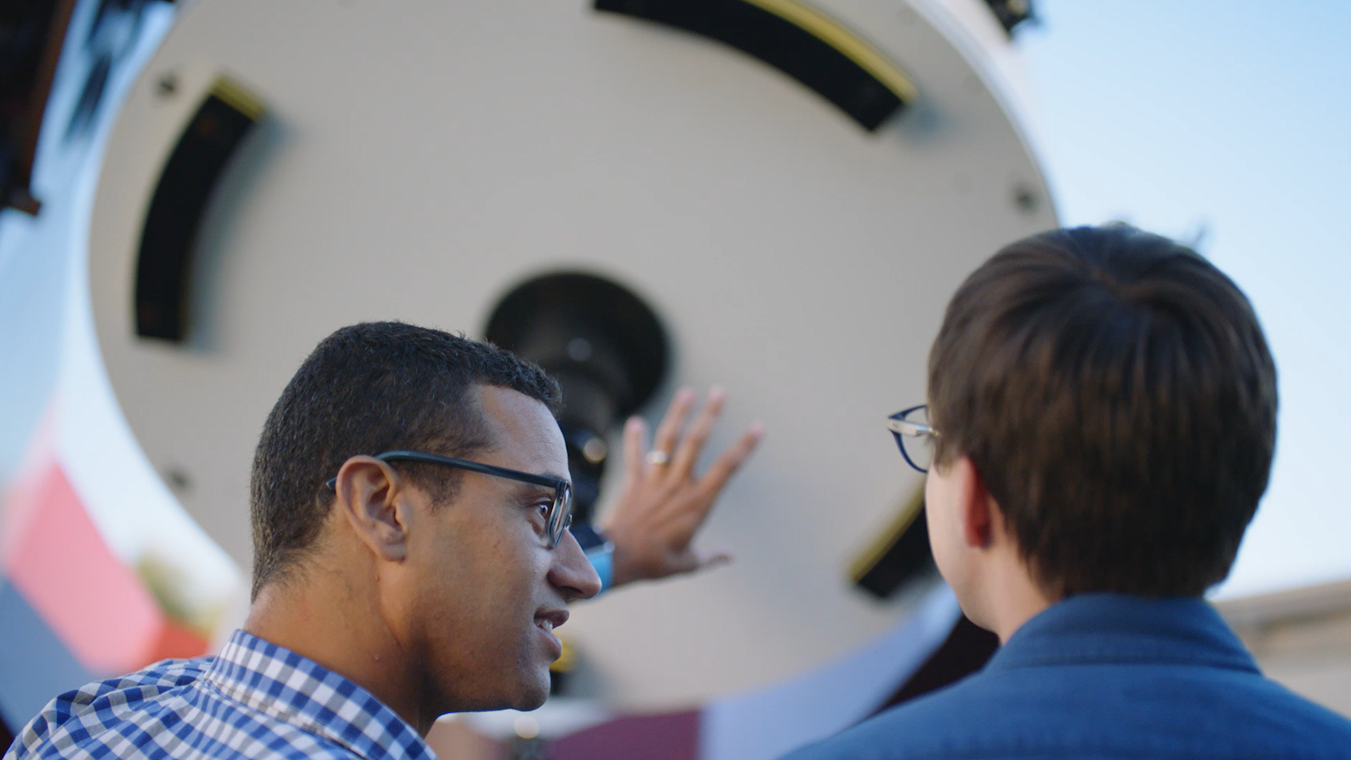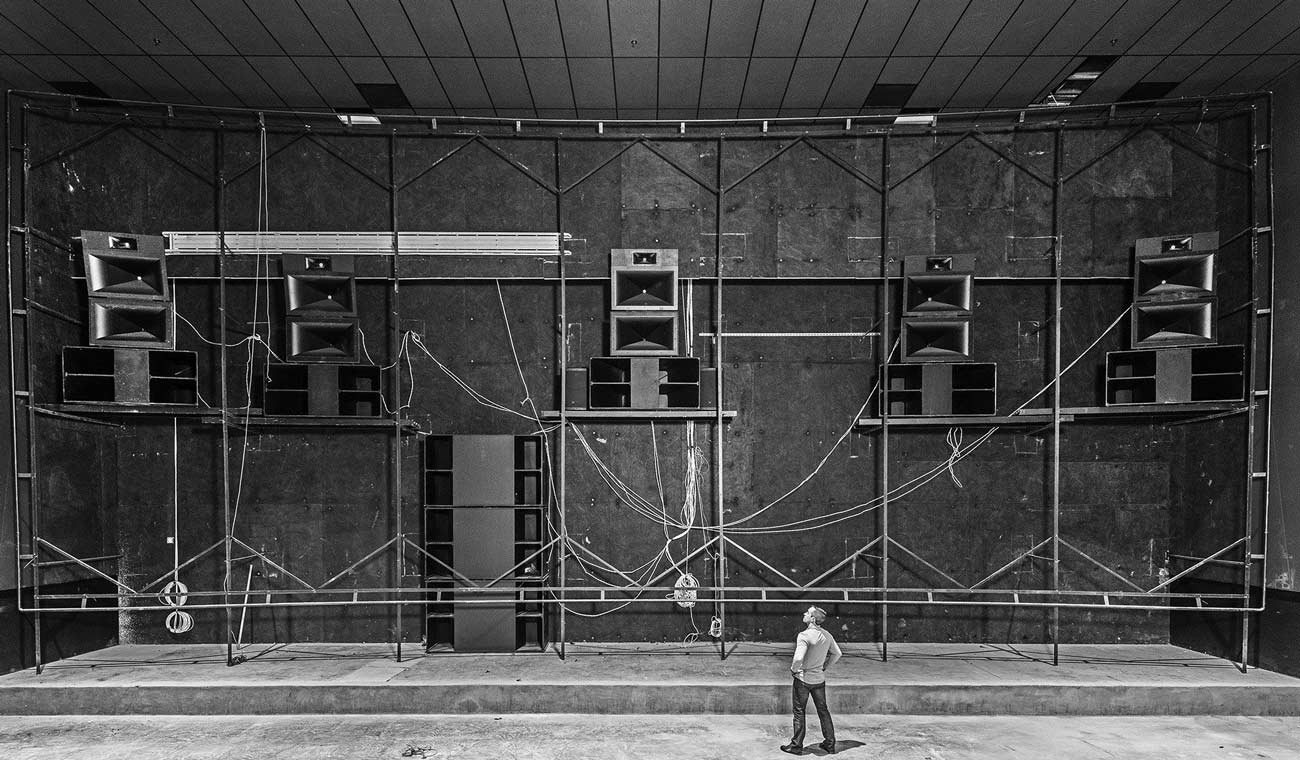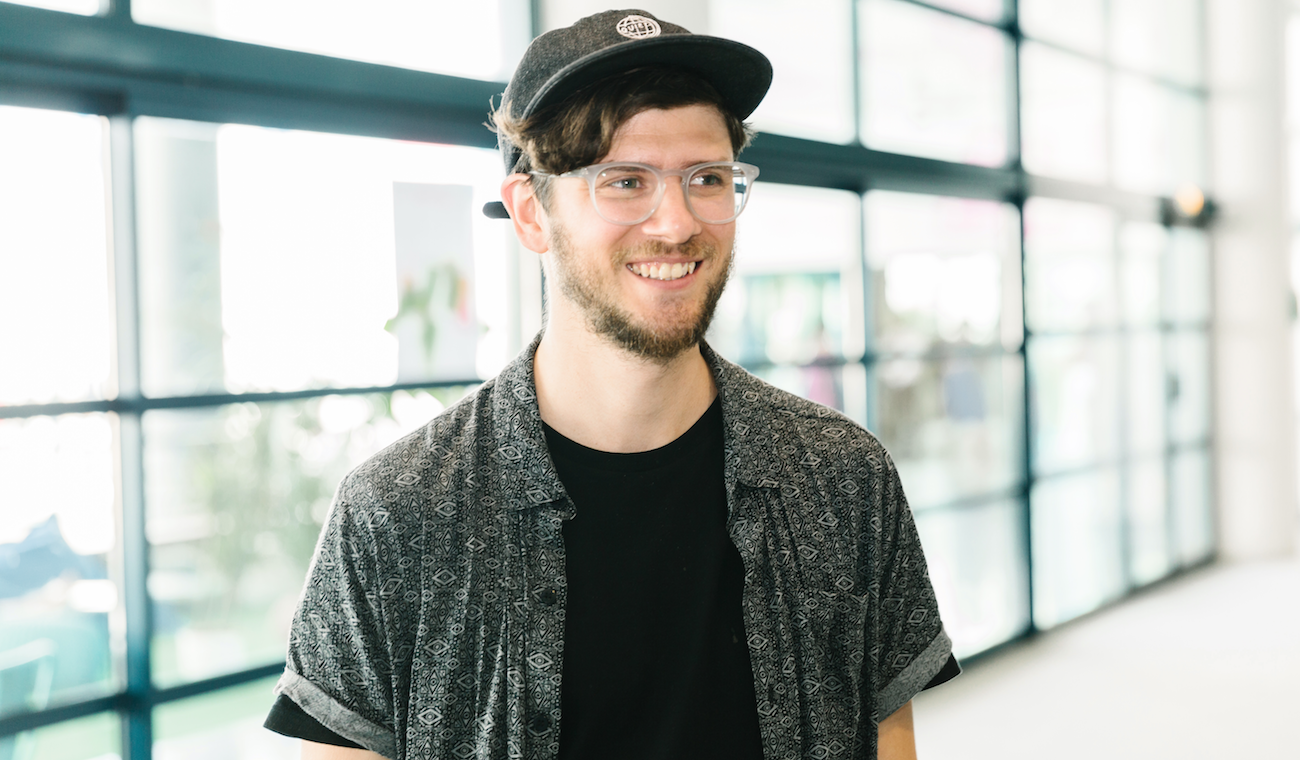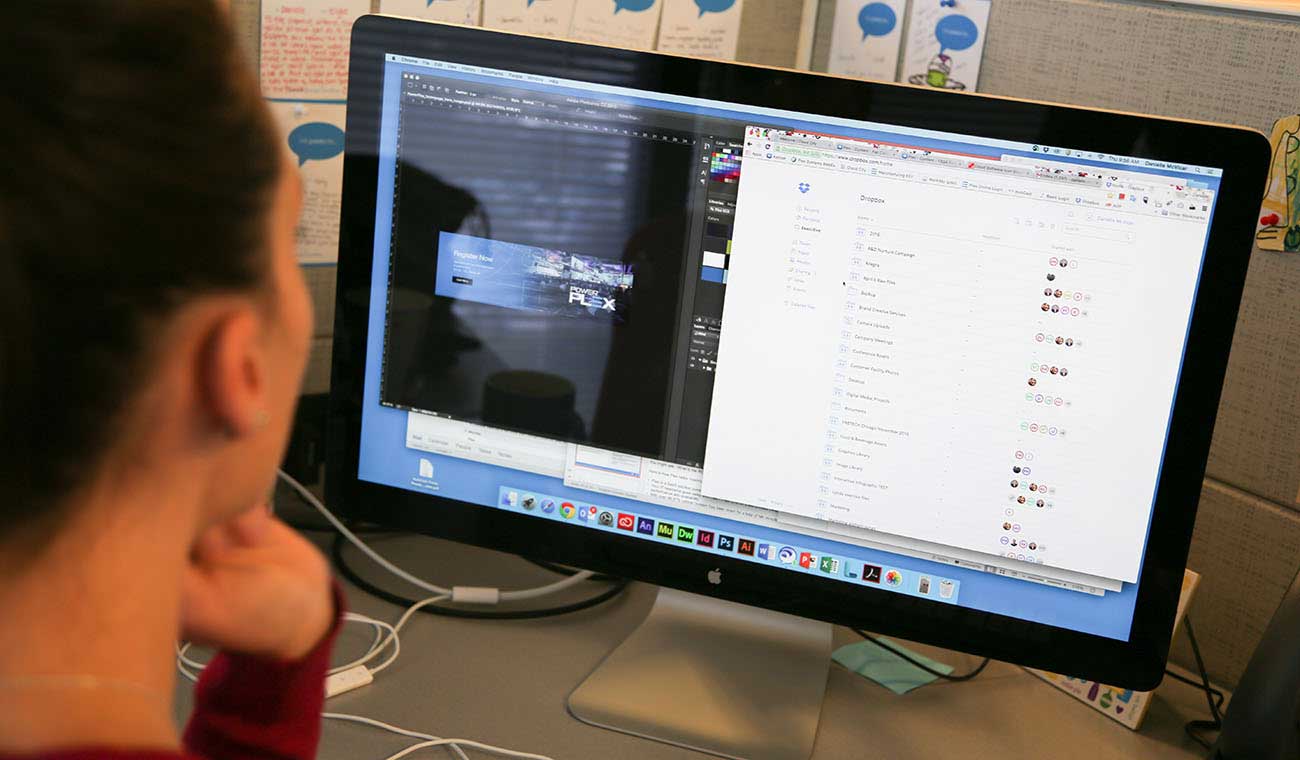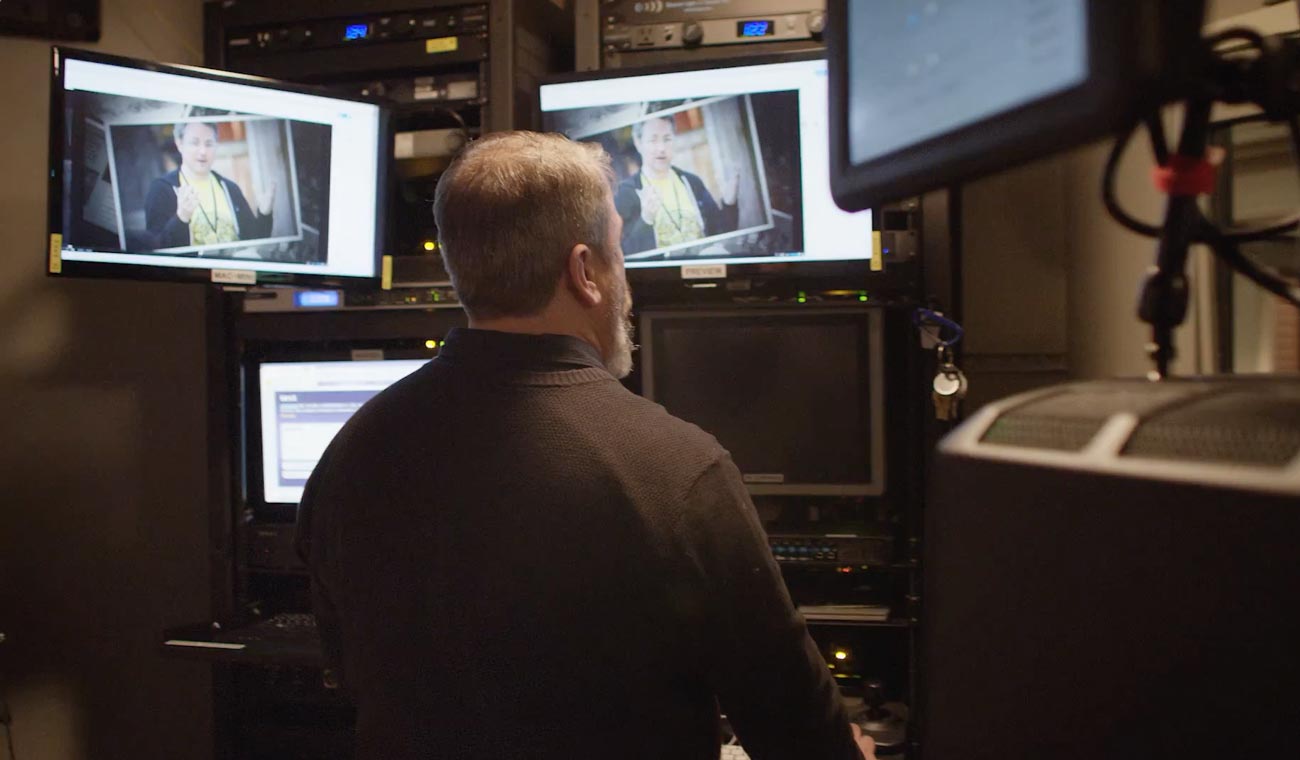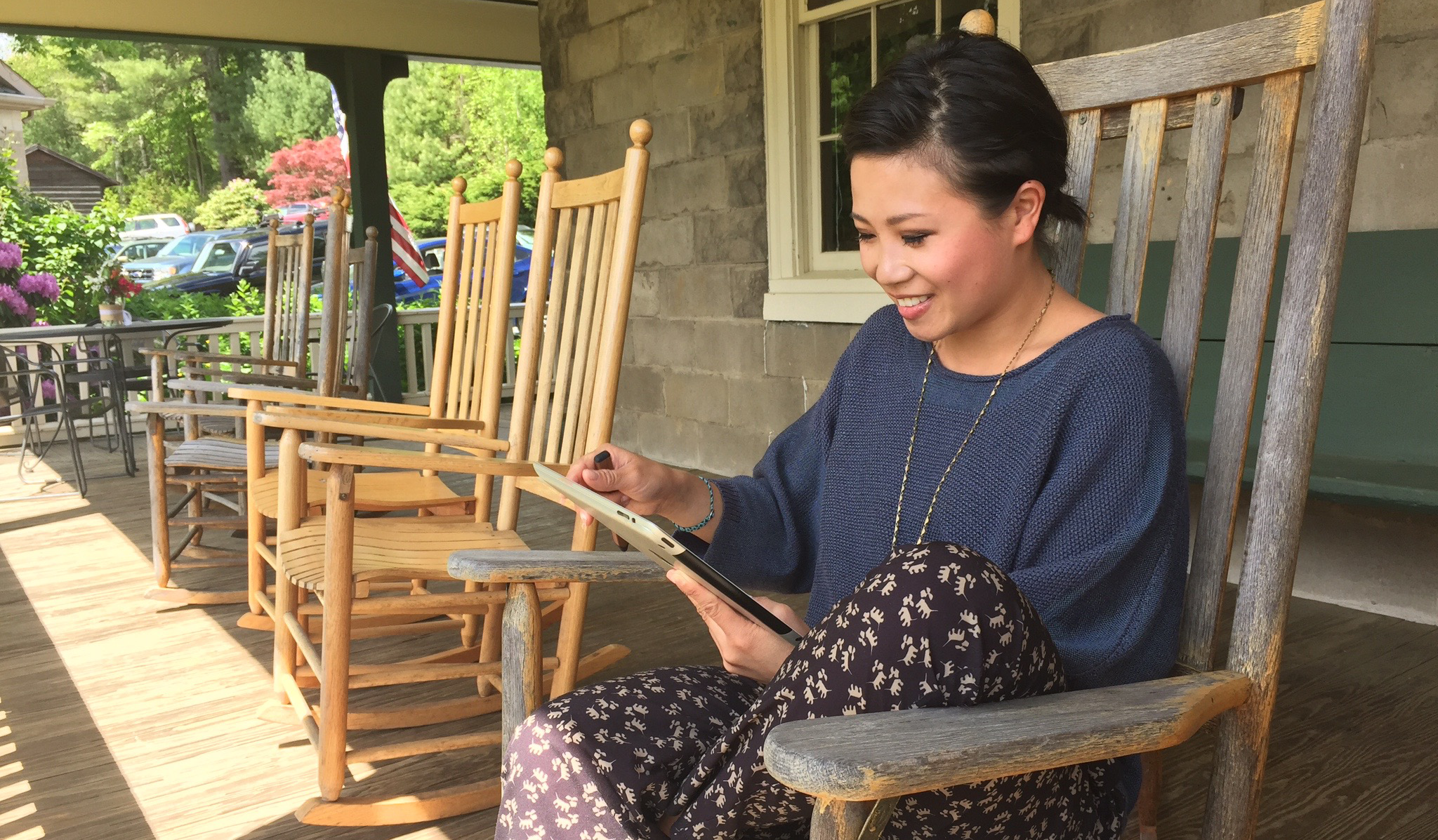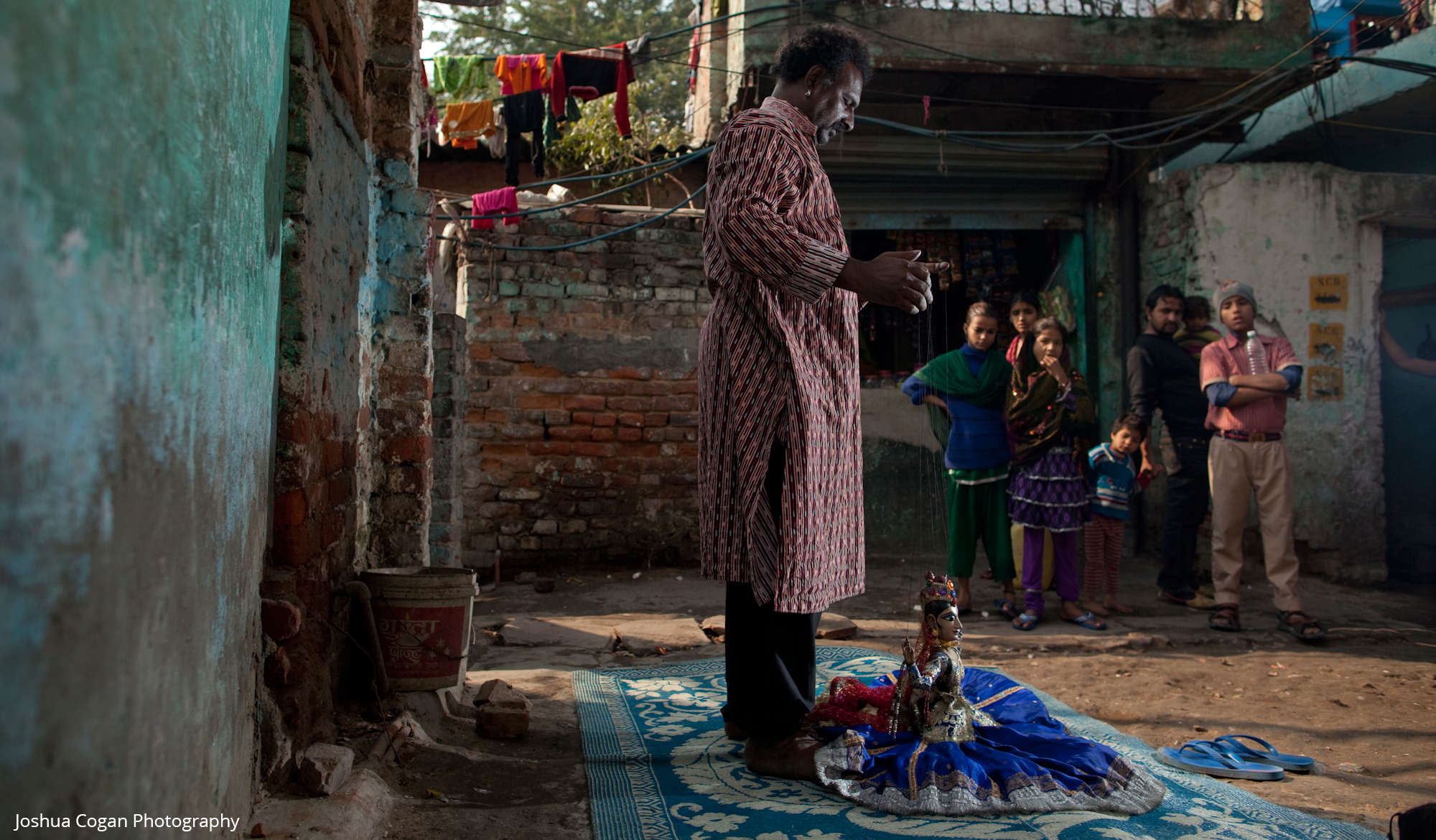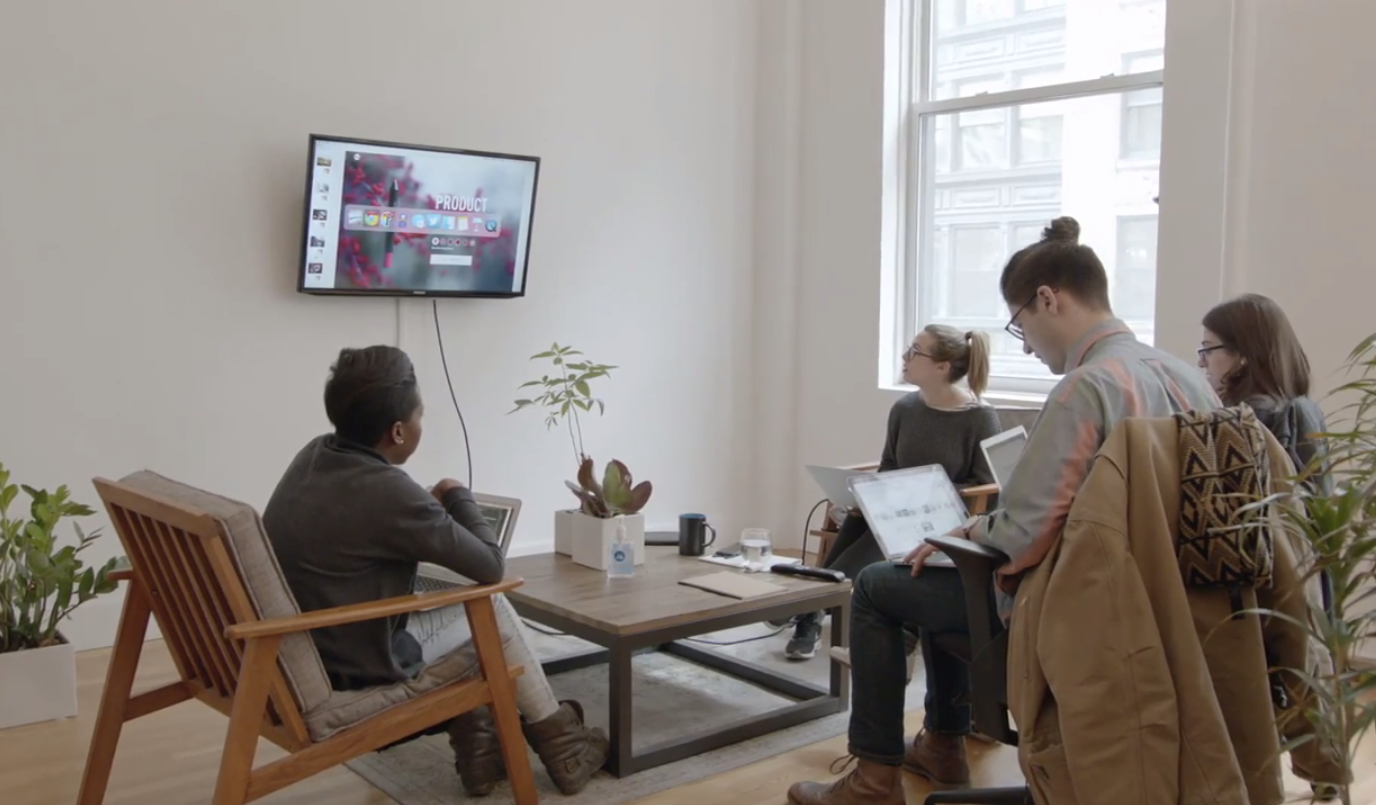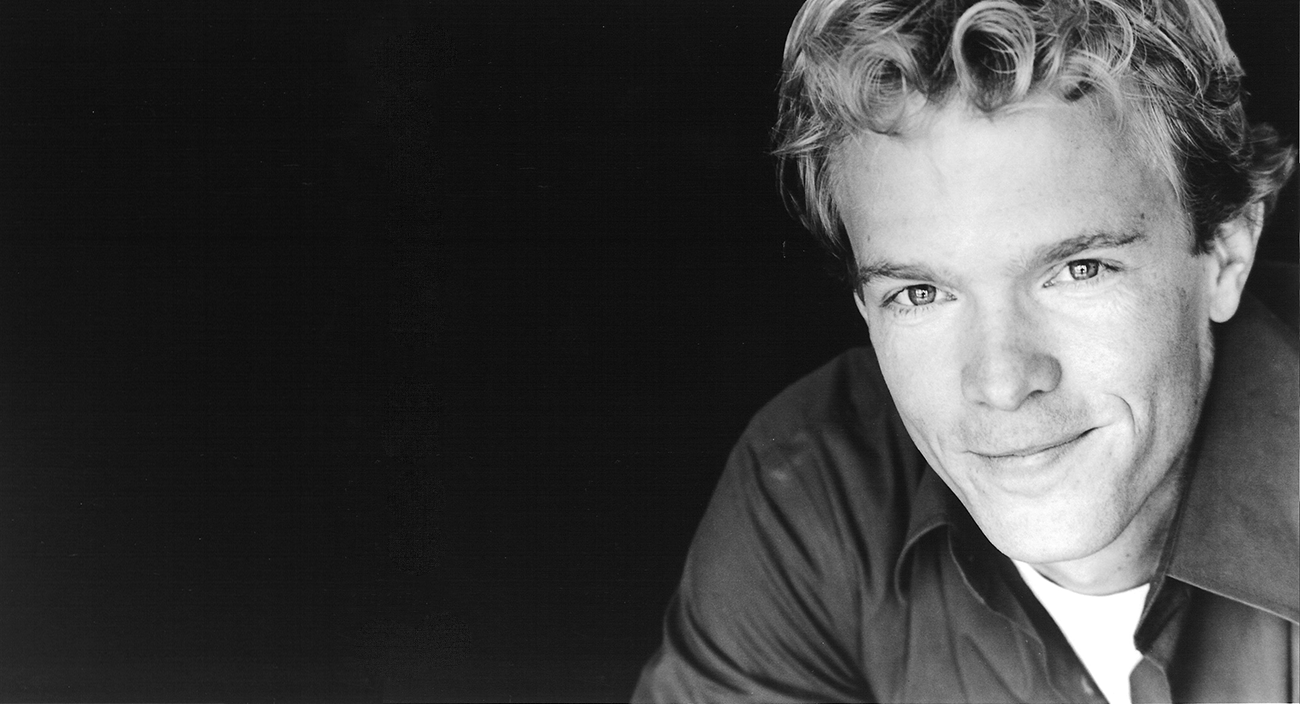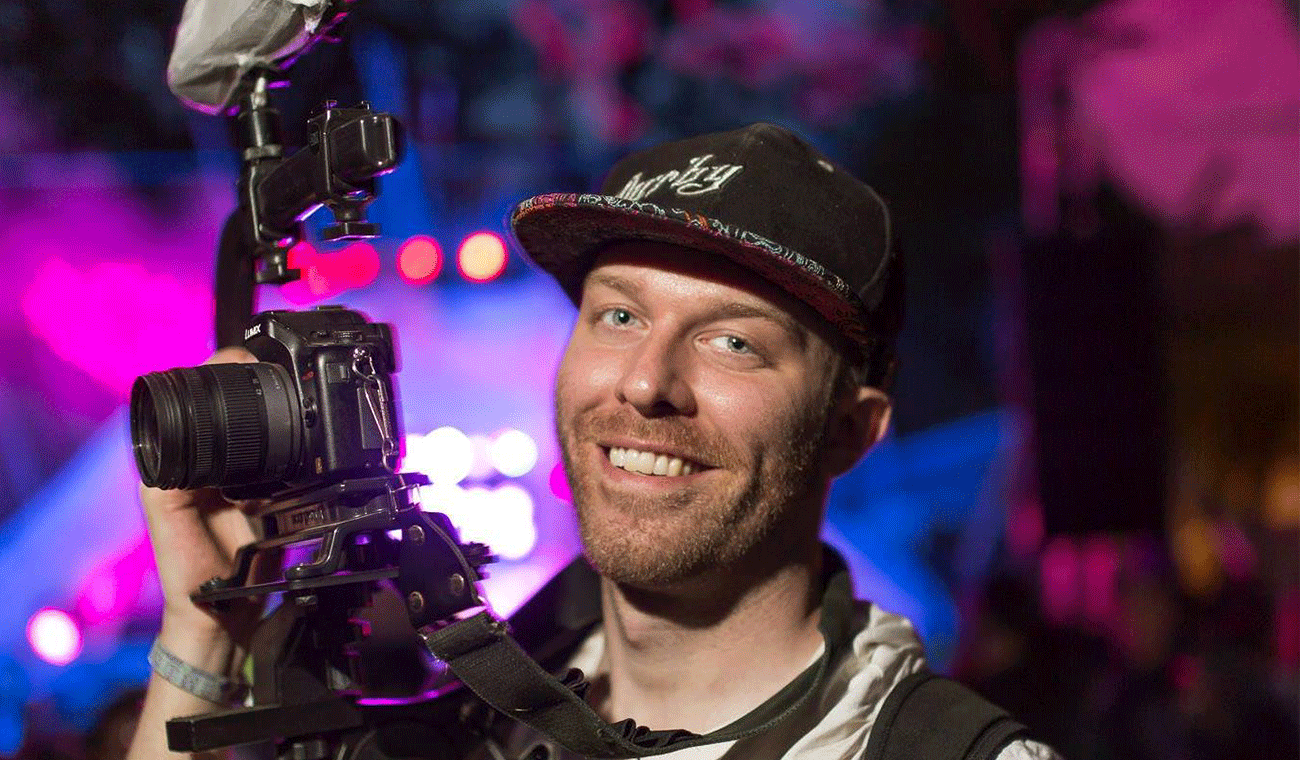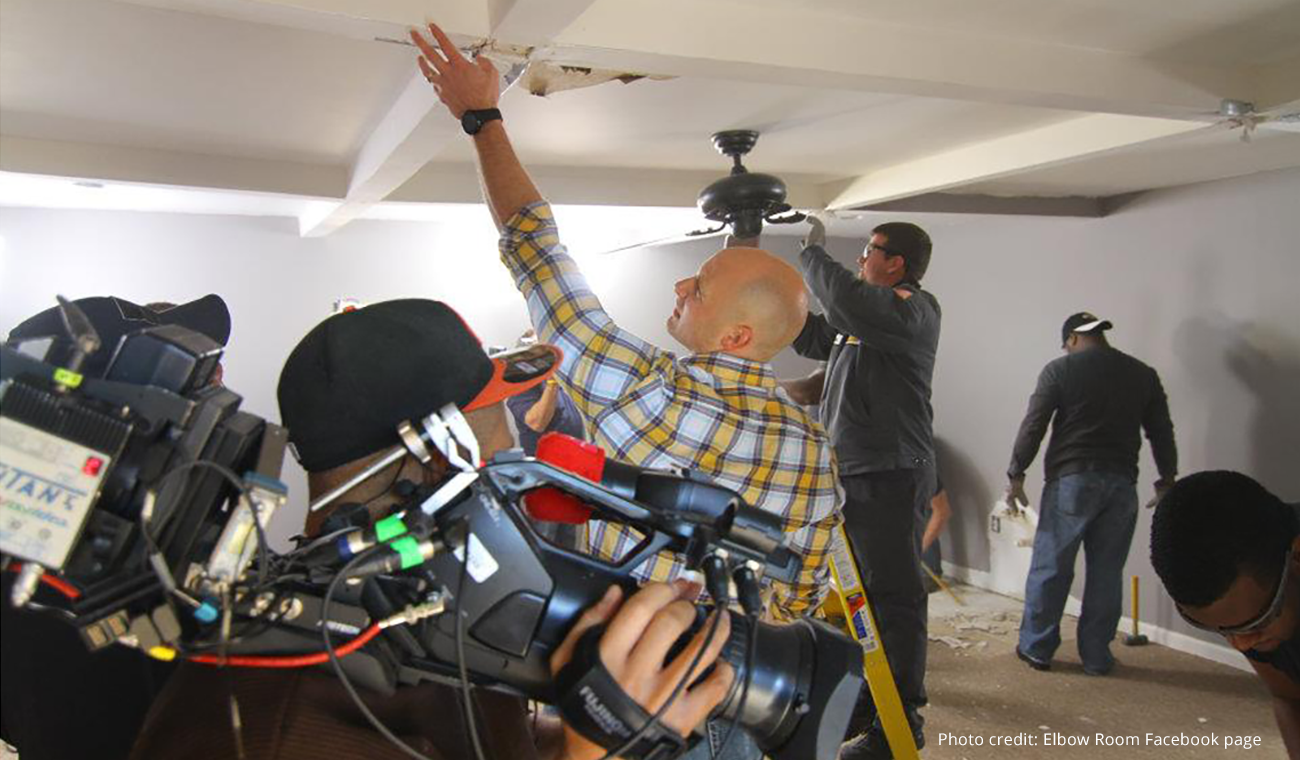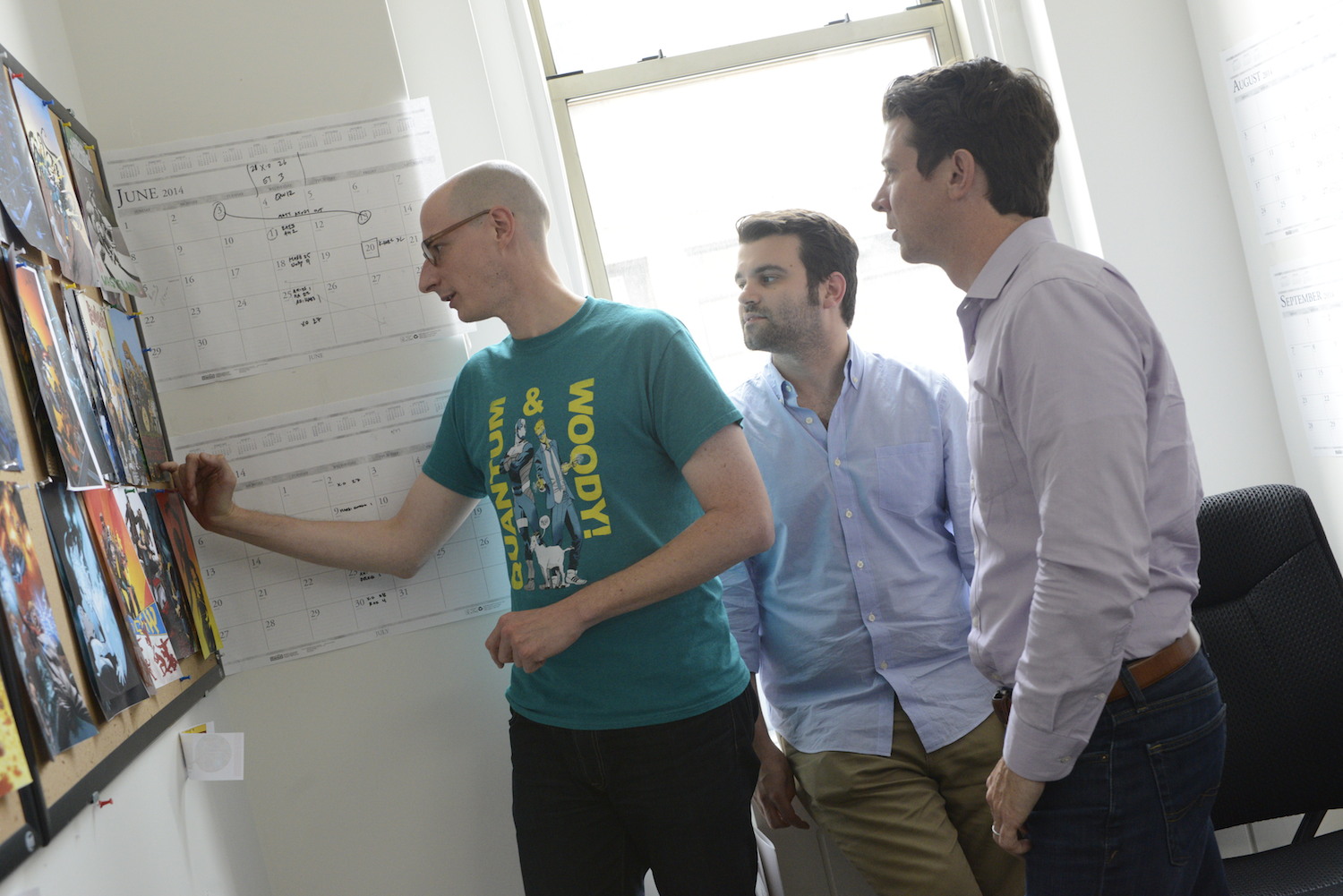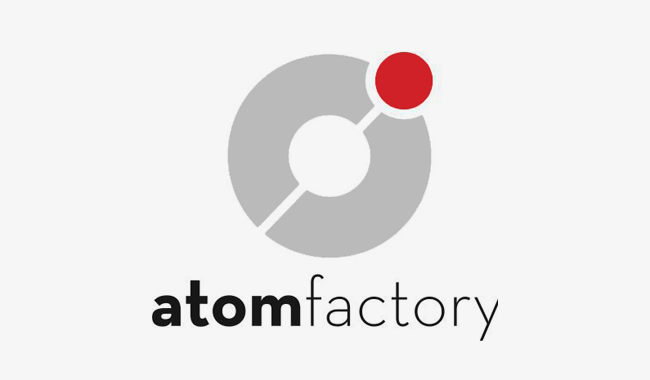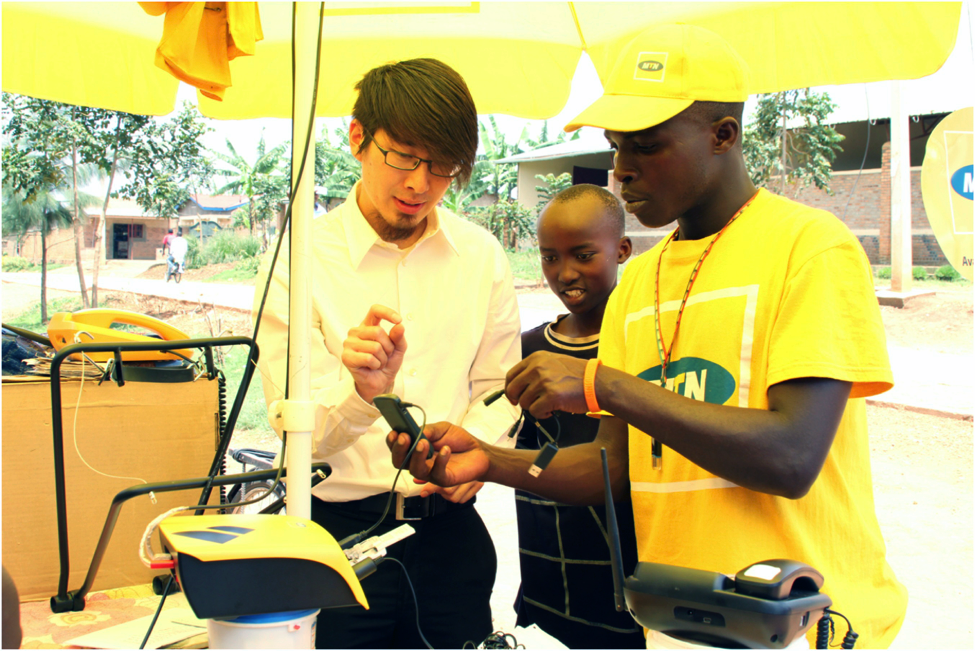
Scoring chaos: Finding the sounds of Haiti for ‘Kidnapping Inc.’
Published on January 31, 2024
How do you find the right rhythms to match a heart-pounding comic thriller? For a Sundance director and composer, it all starts with Dropbox.
Striking the right note in a movie’s score requires a delicate hand—and ear. Cue the wrong songs and it’s all an audience can hear; do it well, and the music adds an emotional heft to what’s playing out on screen.
And if you do it masterfully? Well, you get an experience like Kidnapping Inc.
In the Sundance-selected film, the score is another character—a Greek chorus commenting on the caste system, political corruption, and gang violence behind Haiti’s kidnapping boom. When bumbling kidnappers Doc (Jasmuel Andri) and Zoe (Rolapthon Mercure) are chasing their upperclass target through a Port au Prince slum, the percussive rat-a-tat-tat-tat-tat beat playing heightens the tension while also highlighting the absolute ridiculousness of it all: Doc and Zoe are as good as dead if they don’t catch him, but the slum’s alleys are too narrow and a woman just trying to get home after a shower is in their way.
Kidnapping is a seamless pas de deux between music and script. But getting there required a lot of work for Bruno Mourral, the film’s Haitian director, co-writer, and co-editor, and Montreal-based music composer Olivier Alary—and a little bit of letting go for Mourral.
“I’ve been hearing my guide music for so long that it’s difficult sometimes when you hear new music,” he says, wincing. “Like ‘It’s good, but I don’t know!’”
Mourral wanted the film’s score to explain Haiti as much as the opening title cards do. It also had to hit all the cues of the film’s genres (thriller, comedy, and drama), meeting and adding to each frightening, hilarious, and tragic beat.
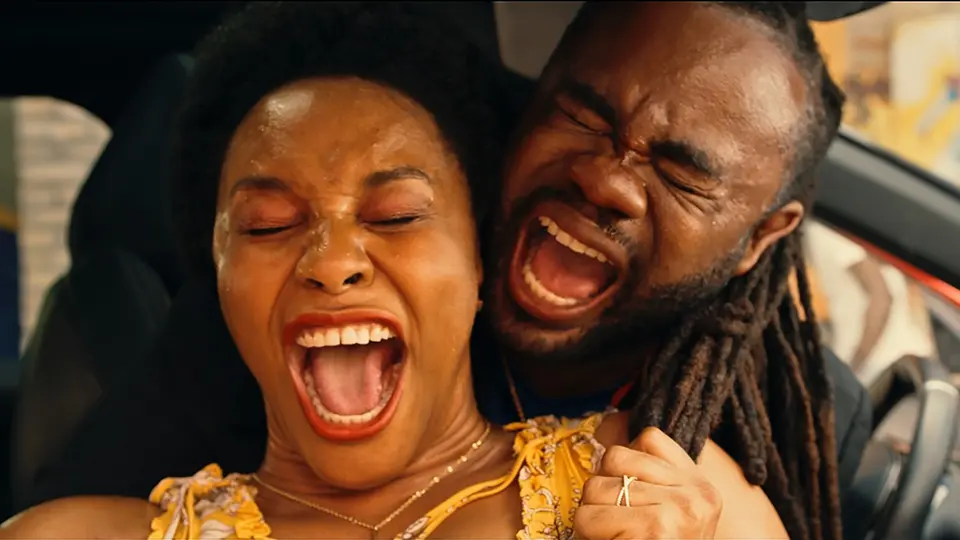

To get there, Alary and Mourral collaborated over Dropbox, sending demos, drum samples, music, and film clips back and forth to create a “sound palette [that] is much more coherent so everything interconnects in a more fluid manner,” Alary explains.
“I was really looking to have a good score, and I think we do—a lot of people have congratulated me about the music,” Mourral says. “Olivier will be very happy to hear that.”
Mourral and Alary spoke to us about how it all came together.
How did you work together to score the film?
Olivier Alary: The key is really to be able to work from Dropbox. Me and Johannes Malfatti, my collaborator in Berlin, have been working together for the past 20 years and we basically have identical computers in Montreal and in Berlin—the same system, same samples, everything.
Dropbox allows us to exchange work material extremely quickly. We actually run Logic Pro sessions directly on Dropbox; I used it to send the demos, music, and film clips to Bruno—it was very convenient.
Bruno Mourral: I’d been traveling from Port au Prince to Miami, where my family is, to Montreal to see Olivier. I also had other stuff to do in Montreal like working on the images and dialogue. Olivier would send his music through Dropbox, and I was downloading and putting it in my film. I was putting all my notes and sending them back to Olivier.
How did you decide what the soundscape of the film was going to be?
Alary: Usually I try to find a tone. But the thing is Bruno has been carrying the project since 2013, so he clearly had an idea of the soundtrack he wanted. If we work again together, Bruno, let’s talk about it from the start.
Mourral: Music was already written in the script. (Laughter)
Alary: Exactly! (Laughs) At the beginning, the issue that I had was the guide music was a bit all over the place.

Mourral: Yeah, that’s true. Because that’s also part of the process. When you’re editing sometimes you want to hear something so you start putting in things that you get from YouTube or whatever, and you start building it. We were changing a lot in terms of the genre and everything.
Alary: Next film, try to do the edits without music. Sometimes music can be a good placeholder. But when you have a good sense of rhythm like you do, trust your instincts.
Sonically, this film felt like a gumbo: There was gospel, Haiti’s national anthem, rap, classical music, this frenetic jazz…
Mourral: The idea was to really show the culture of Haiti. Olivier did some work on knowing all of the different drum types, which mostly comes from Voodoo.
Alary: For me, it’s very important to have a right source of information because I didn’t want to mimic any Haitian music. I sat down with Ronald Nazaire, who is a master of that knowledge. He came to the studio, we started playing drums, and he said, “This is the pattern for love. This is the pattern for fighting. This is the pattern for growth and agriculture.” It was super fascinating.
Mourral: Sometimes, it didn't allow us to give the feeling that we were searching for. So sometimes we had to abandon those drums and go to something more, I would say, “universal” to articulate some of the feelings, so that's why you also have that mix.
Alary: But we kept some of the patterns and just played them on different instruments. So the seeds that he gave me through his knowledge, we were able to extrapolate and make it blossom.

Was there a favorite scene that you liked collaborating on?
Mourral: I really liked the music in the slums.
Alary: What I loved about working on Kidnapping is that it’s just a funny story: I’ve seen the scenes like 100, 200 times, and they still makes me laugh. So every scene is my favorite, really.
The chase scene through the slums is super edited. Just looking at the way it was edited gave us the music right away, because there’s a tempo, there’s everything. So for us, it was quite effortless.
Usually I start with looking at the key points: What is important? Oh, there’s a door slam here. Someone falls down here. There’s a pause here. So automatically, you map it to the piece of music. You do that with every scene. Like, Oh, there’s a crescendo needed because there’s a strong point. It’s almost like you get a coloring book, and then you have the tools to color everything in, you know?
Are there any Haitian musicians included in the soundtrack that you want to shout out?
Mourral: The music you hear at the end is actually Christopher Laroche. His artist name is Freedom, and he’s been a good friend of mine since I was born. He also knew my father very well. I reached out to him to do the credit music, but I was a bit afraid because we’re such good friends: You don’t want him to do your music and then you’re not very happy with it! But I am a big fan of that song, and so many people are so moved by it. So yeah, big shout out to Freedom.
There’s another good friend of mine, Ti Ansyto who is also a very famous Haitian musician. He has been doing rap music, and is featured when Eddy is going to the slums to give the ransom money. Then Haspen, who recorded a lot of the slum drums and gave us ideas. And Andres Rodriguez is a Dominican composer who I worked with to do some minor changes at the end.
This interview has been edited and condensed for clarity.

.png/_jcr_content/renditions/hero_square%20(2).webp)







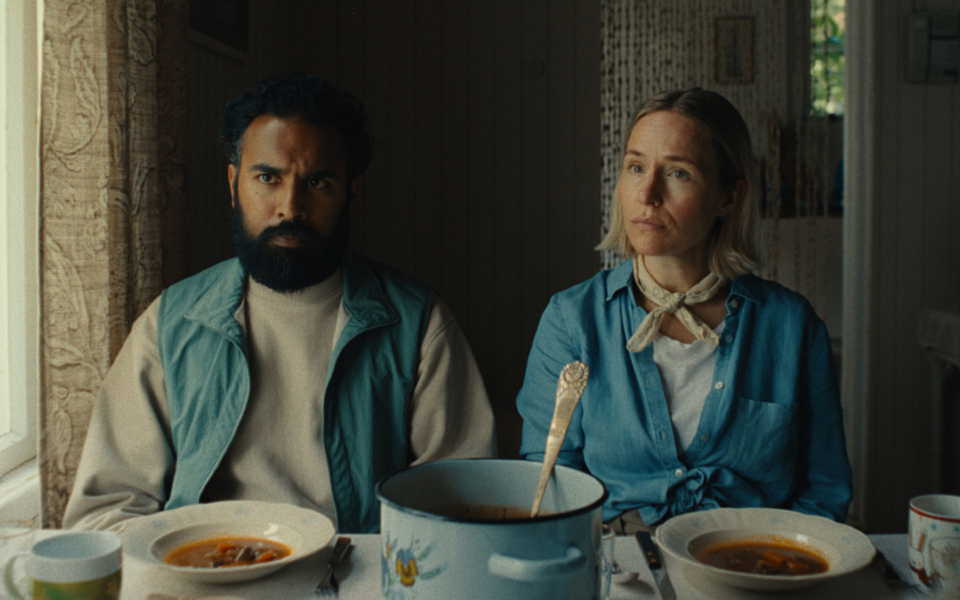
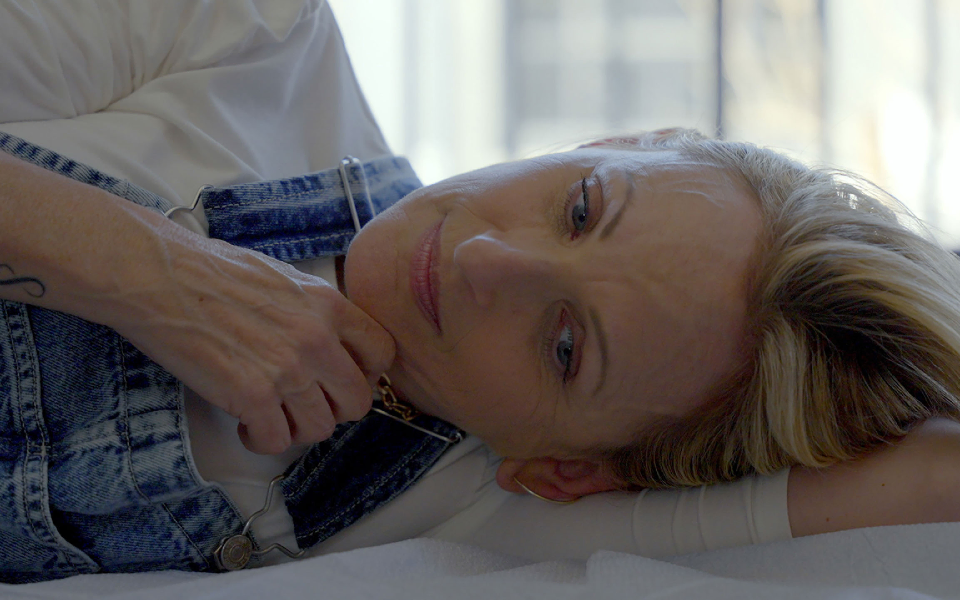





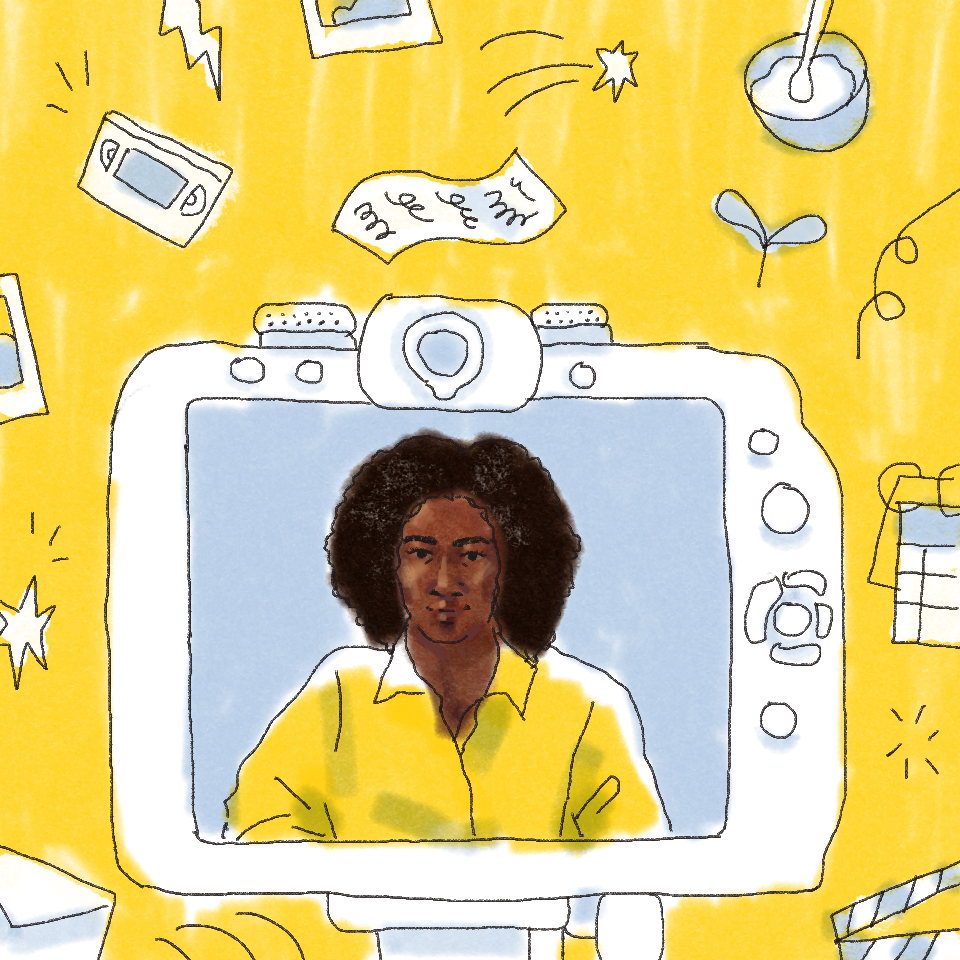
.jpg/_jcr_content/renditions/1200x628%20(5).webp)









